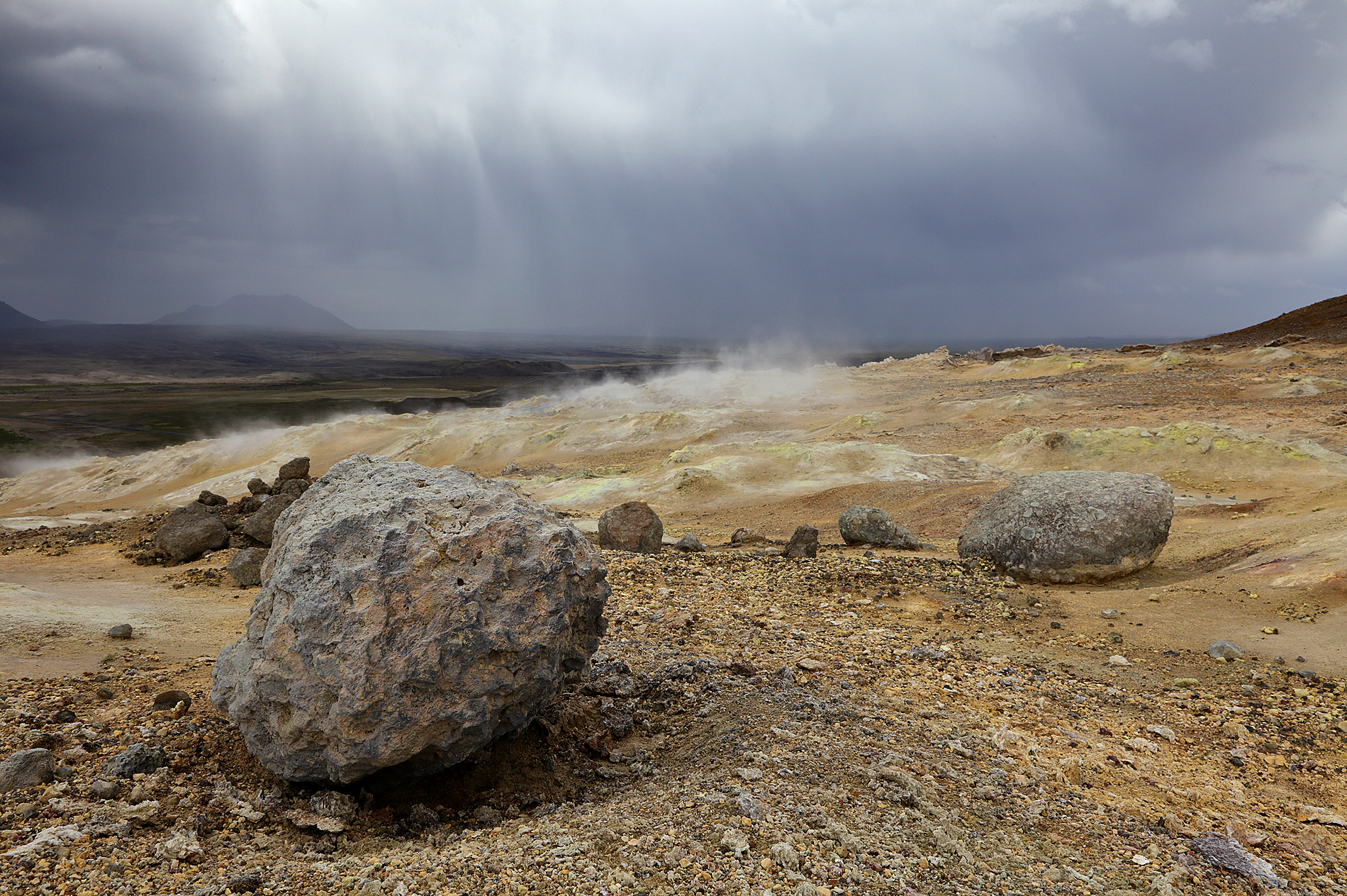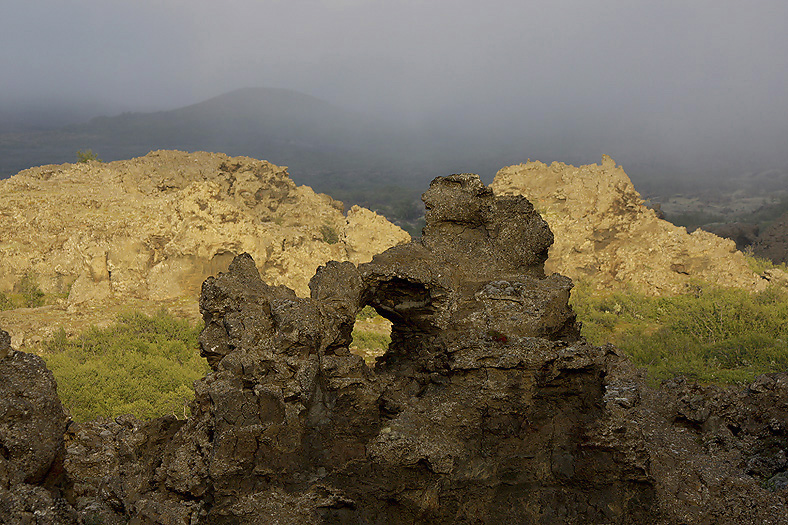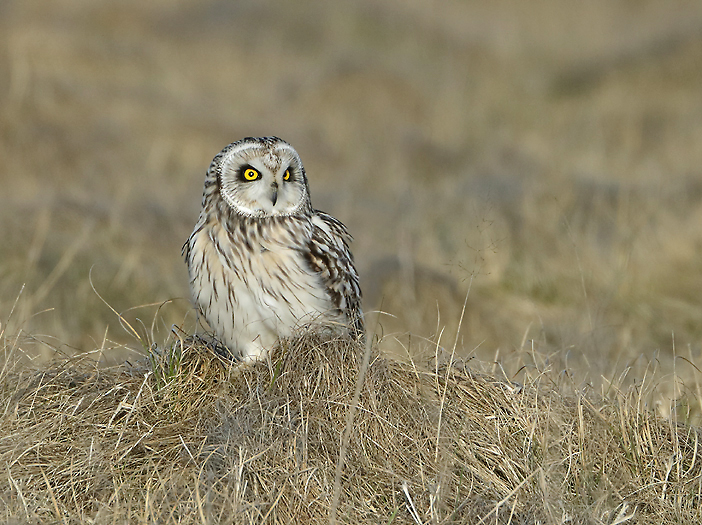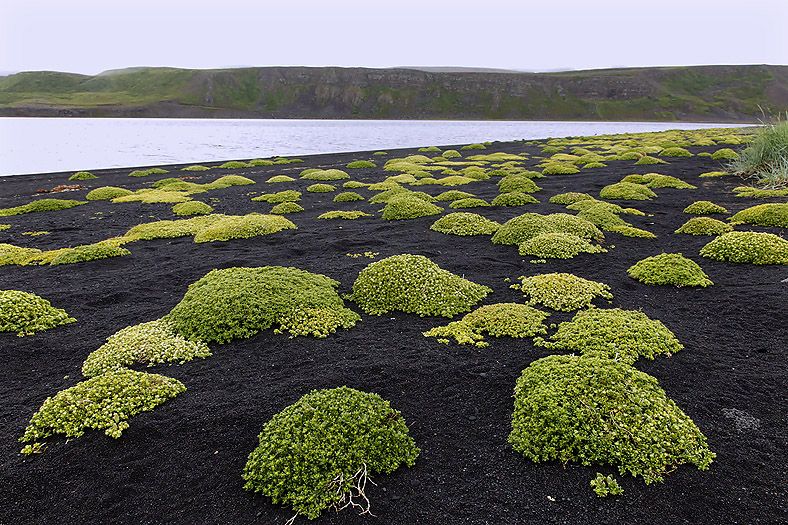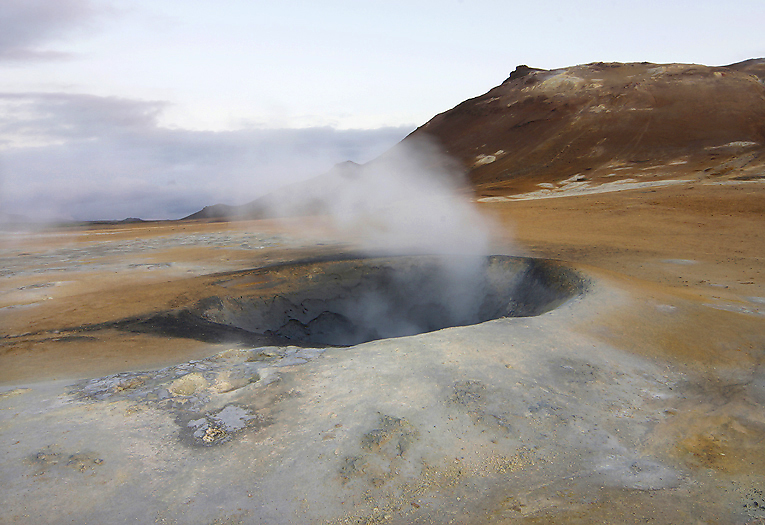EXCITING ICELAND
Introduction.
According to the ancient manuscript Landnámabók, the settlement of Iceland began in 874 AD when the Norwegian chieftain Ingólfr Arnarson became the first permanent settler on the island. In the following centuries, Norwegians, and to a lesser extent other Scandinavians, emigrated to Iceland, bringing with them thralls (i.e., slaves or serfs) of Gaelic origin.
But according to both Landnámabók and Íslendingabók, monks known as the Papar lived in Iceland before Scandinavian settlers arrived, possibly members of a Hiberno-Scottish mission. Recent archaeological excavations have revealed the ruins of a cabin in Hafnir on the Reykjanes peninsula. Carbon dating indicates that it was abandoned sometime between 770 and 880. In 2016, archaeologists uncovered a longhouse in Stöðvarfjörður that has been dated to as early as the year 800.
The Vatnajökull Glacier is the second largest glacier in Europe, after Austfonna on Nordaustlandet at Svalbard. It covers 8,100 km² of the 103,000 km² island.
The climate in Iceland is Atlantic, modified by the balance between the warm Gulf Stream and various cold polar currents. The average temperature in Reykjavík is 11 ℃ in July and −1 ℃ in January. The northeastern part of Iceland lies in the rain shadow of the large glaciers and has a dry climate.
The mainland of Iceland is just a few degrees south of the Arctic Circle and belong therefore to the subarctic region. The Arctic Circle does, however, pass through Grímsey Island, which lies only 40 kilometers (25 miles) off the North coast of Iceland. Fewer than 100 people but over one million seabirds live on Grimsey. This Arctic island is inhabited by hardy Icelanders, mostly fishermen and their families. They all live in the tiny harbor village of Sandvík, the island’s only settlement.
This Travel Report has focus on the north-eastern part of Iceland with Lake Myvatn in center. This is especially interesting areas with respect of wildlife inland & by the sea (seabirds and sea mammals) and geothermal/volcanic activity.
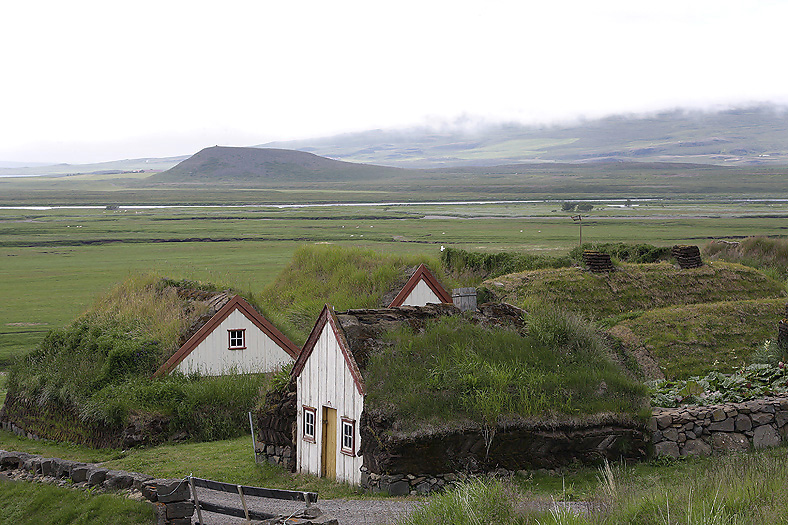
Laufás turf house site is a preserved example of a turf manor farmhouse. While it looks like a series of five row houses, it is actually one dwelling around a central hallway linking them all. Each “house” is a room, or sometimes two or three under one roof. In its current form, it dates to between 1866 and 1870, but it probably replaced other earlier turf houses on the site going back centuries.
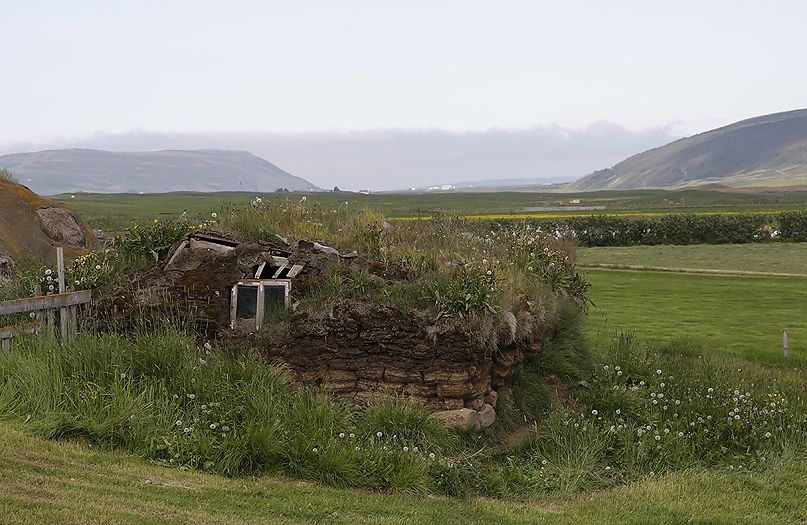
Icelandic turf houses were the product of a difficult climate, offering superior insulation compared to buildings solely made of wood or stone, and the relative difficulty in obtaining other construction materials in sufficient quantities. Around 30% of Iceland was forested when it was settled, mostly with birch. Oak was the preferred timber for building Norse halls in Scandinavia, but native birch had to serve as the primary framing material on the remote island. However, Iceland did have a large amount of turf that was suitable for construction. Some structures in Norway had turf roofs, so the notion of using this as a building material was not alien to many settlers. Icelanders used to live in turf houses from the age of settlement till the mid-20th century. In the 1960s, the last people moved out of their turf house at Bustarfell, which is now part of a museum.
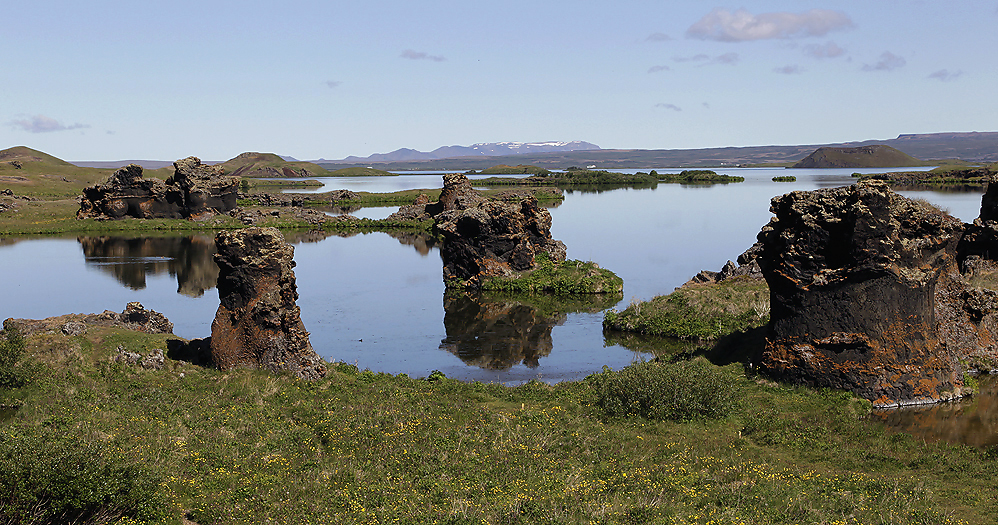
Lake Myvatn in the North east part of Iceland is a famous area for bird watchers, -it is a shallow lake situated in an area of active volcanism in the north of Iceland, not far from Krafla volcano. It has a high amount of biological activity. The lake and the surrounding wetlands provides a habitat for a number of waterbirds, especially ducks. The lake was created by a large basaltic lava eruption 2300 years ago, and the surrounding landscape is dominated by volcanic landforms, including lava pillars and rootless vents (pseudocraters). The effluent river Laxá is known for its rich fishing for brown trout and Atlantic salmon. The name of the lake (Icelandic mý (“midge”) and vatn (“lake”); “the lake of midges”) comes from the large numbers of midges present in the summer. The lake is not very deep, its average depth being 2.5 metres, and the maximum depth is 4 metres.
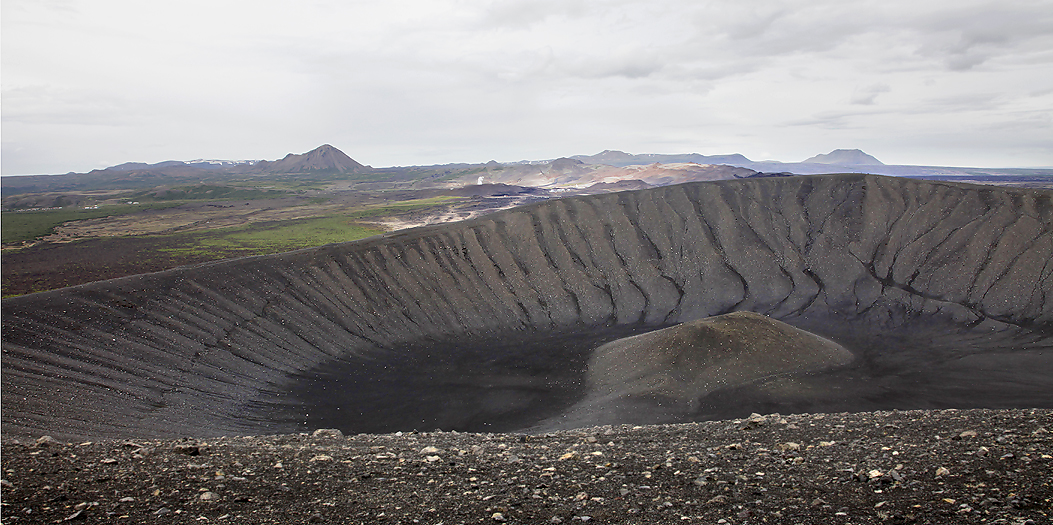
Crater of the Hverfjall volcano. A late volcanic cycle in the area, the Hverfjall cycle, began 2500 years ago with a gigantic but brief eruption, which formed the explosion crater (tephra ring) Hverfjall (also named Hverfell). An eruption in Jarðbaðshólar followed, producing the lavafield between Reykjahlíð and Vogar. Approximately 200 years later a vast lava flow, the Younger Laxá Lava erupted. The lava dammed up the present lake Mývatn and also the lakes Sandvatn, Grænavatn and Arnarvatn. Dimmuborgir lavafield (which means “dark castles”) was created as the lava pooled over a small lake some 2300 years ago. As the lava flowed across the wet sod, the water of the marsh started to boil, the vapour rising through the lava forming lava pillars from drainpipe size up to several meters in diameter. In Icelandic folklore, Dimmuborgir is said to connect earth with the infernal regions. In Nordic Christian lore, it is also said that Dimmuborgir is the place where Satan landed when he was cast from the heavens and created the apparent “Helvetes katakomber” which is Norwegian for “The Catacombs of Hell”.
Birdlife in Iceland:
In the Myvatn area around 115 species have been identified, of which 45 species are nesting birds. By comparison, in Iceland as a whole 330 species of birds have been identified, with nesting species numbering around 70. Iceland`s position the centre of the North Atlantic means that species originating from far afield are to be found here. The Common Loon, Barrows Goldeneye and Harlequin Duck have come here from America, Iceland representing the easternmost limit of their distribution.
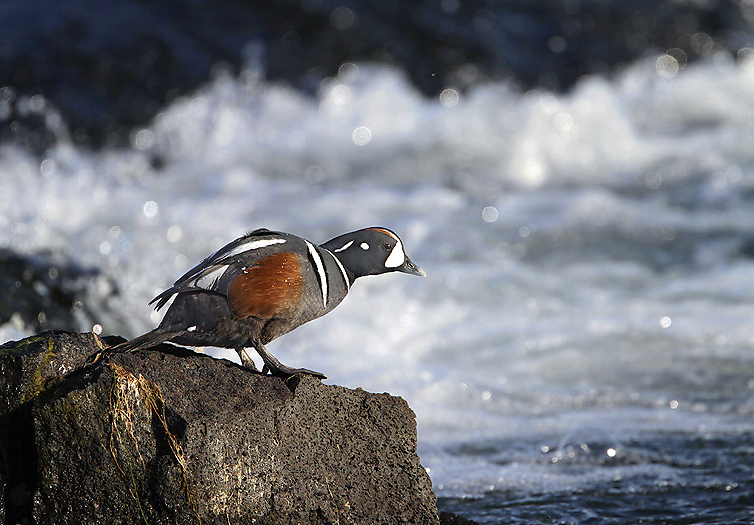
Harlequin ducks in Europe are unique to Iceland. They also live in northern America and eastern Siberia. They prefer rivers with strong currents and small waterfalls where black flies are abundant. They nests there on hidden spots along the water sides. Although you can encounter them in many parts of Iceland a sure place to see them is the Myvatn lake outlet into the Laxa river. To see the males it is advisable to go out in spring as they leave the breeding grounds in June and change their magnificent plumage into a more female like plumage. Outside the breeding season they head for the coasts and seas most often near surf areas of rock boulders. Given their preference for wild waters it is clear that they are excellent swimmers.
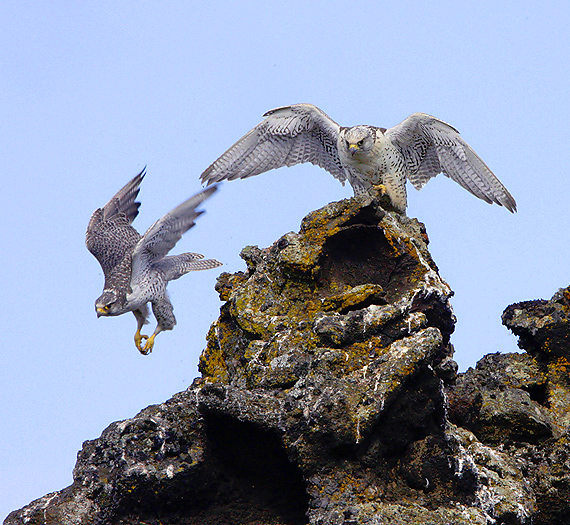
The national bird of Iceland is the Gyrfalcon. Gyrfalcons differ much in brightness, and are generally speaking lightest in the very north (white, as in northern Canada and Greenland), light grey in Iceland and darkest (grey) further south as in the Scandinavian countries. This adult female on this photo from the Myvatn area is very light among the light grey colored.
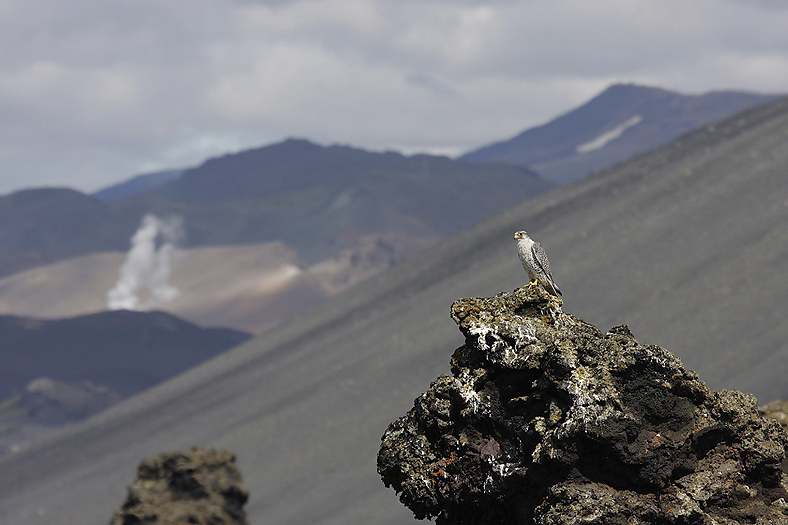
Up to a quarter of Europe’s Gyrfalcon breeds in Iceland. Iceland’s Gyrfalcon population is believed to number only around 400 nesting pairs in a good year. This population is small and vulnerable, and the Gyrfalcon is therefore protected under Icelandic law. The Gyrfalcon has long been an honored bird and it was once reserved for only King’s to use in falconry. In medieval times the Gyrfalcon was a valued commodity to trade in Iceland. Vikings valued the snowy-white Gyrfalcons because they could be trained as hunting birds and were worth a lot when trading. Owning a Gyrfalcon was the ultimate status symbol of the time.
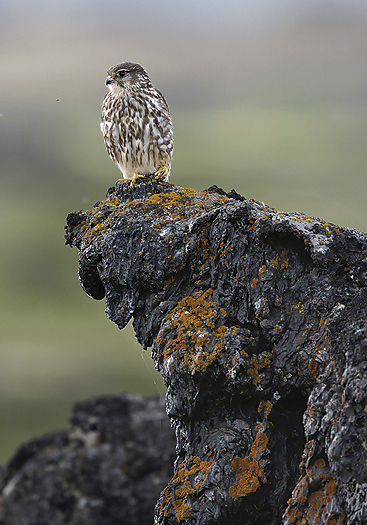
Only 3 species of raptors nests in Iceland, and that is the Gyrfalcon, Merlin and the White-tailed Eagle. Here we see an adult female Merlin.
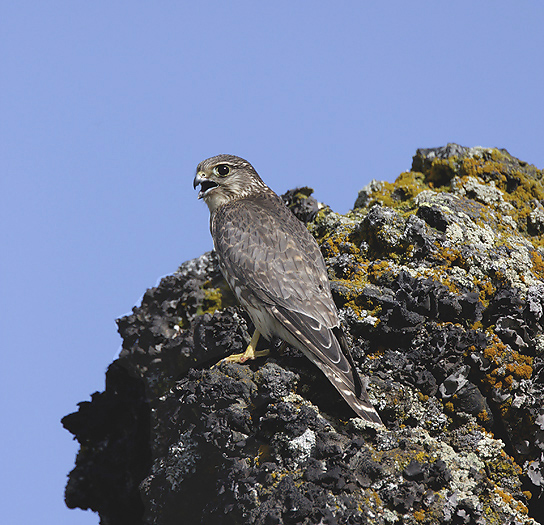
The Merlin is the most common bird of prey on Iceland. It can be found in most regions, except for the deserts of the highlands. It can be observed often in the lowlands during the spring/summer period.
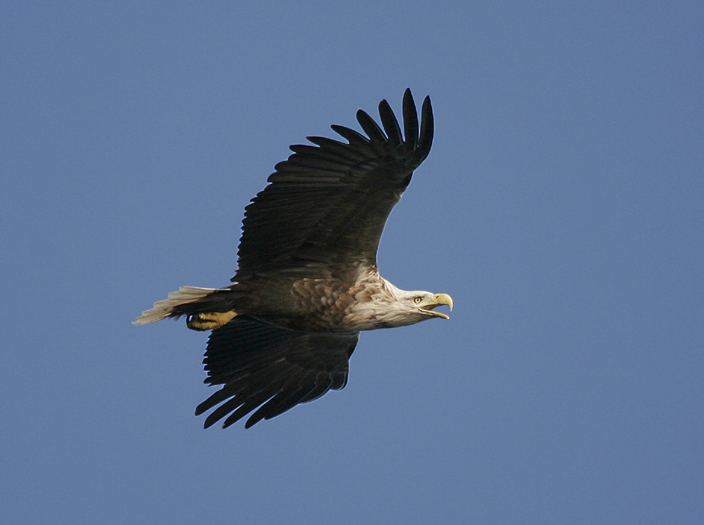
White-tailed Eagles are not very common on Iceland. However they have escaped extinction in the western part of the region from prosecution by man during the first half of the 1900 hundreds century. They are now well protected and numbers are rising. The main nesting area is the Breidafjordur region in the west. It is estimated that there are between 80-90 nesting pairs in Iceland. PAP
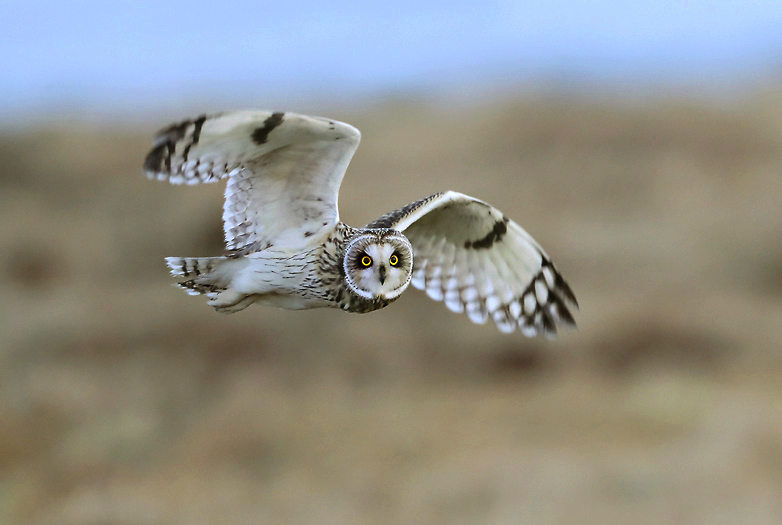
Short-eared Owl. There are three species of owls in Iceland. Between 400 and 500 pairs of them are believed to nest in Iceland a year. In addition to the Short-eared Owl, there are two other species of owls in Iceland: the Long-eared Owl, which began settlement in the country around the year 2000, and the Snowy Owl. During the last years, the average annual number of Long-eared Owl nests reported in southern Iceland has been between 10 and 15, and the nests of the Snowy Owl are even fewer, in general less than 5. The Snowy Owl can, therefore, barely be counted among birds nesting in Iceland. One of the reasons why so few owls nest in Iceland is that compared to neighboring countries, Iceland has very few species of rodents – the bulk of an owlet’s diet. PAP
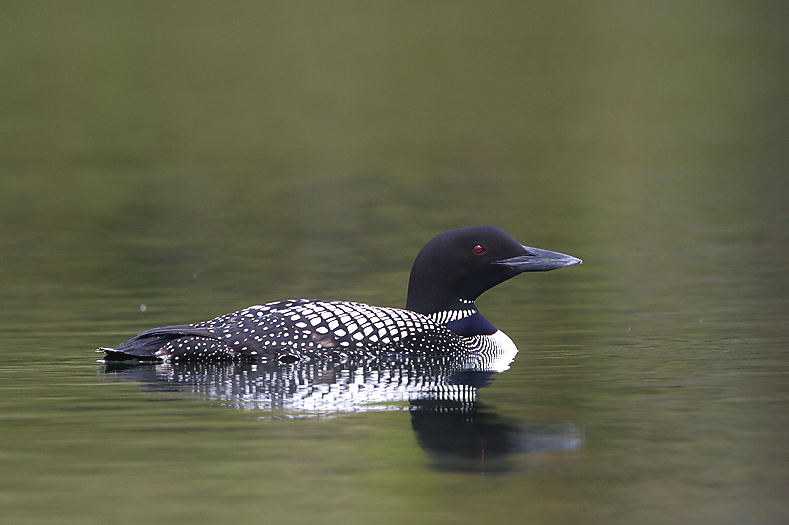
Common Loon, is a large, powerful loon, usually found on Iceland’s highland lakes. Iceland is the only European nesting location of this primarily North American species.
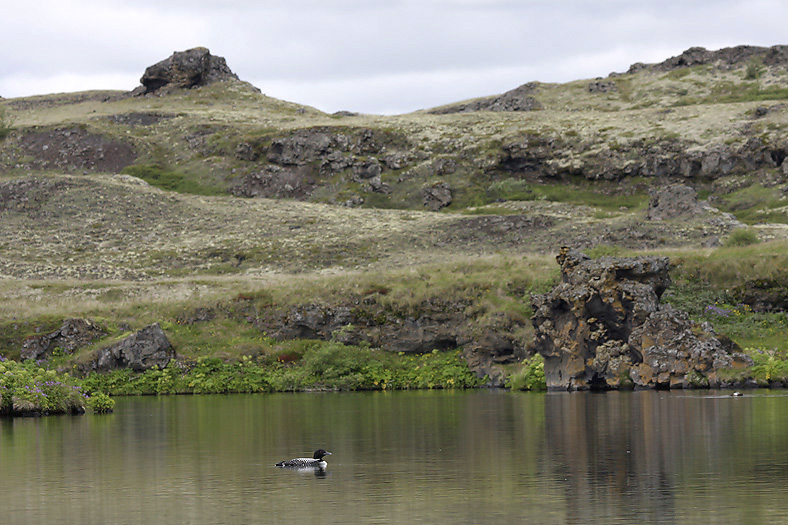
Common Loon at the nesting place by Myvatn
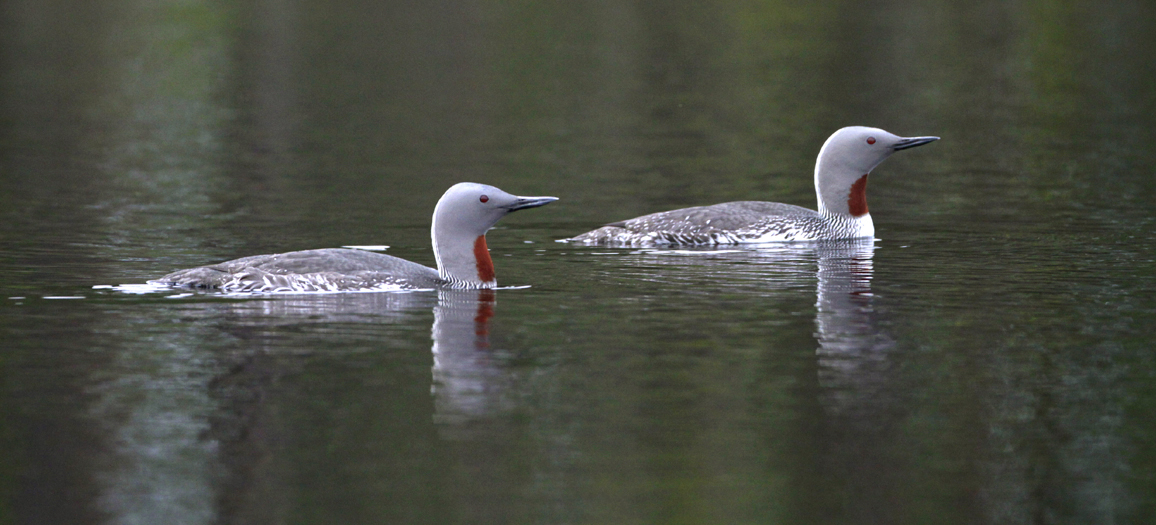
The Red-throated Loons nest commonly in marshy areas and are found very frequent in small ponds. PAP
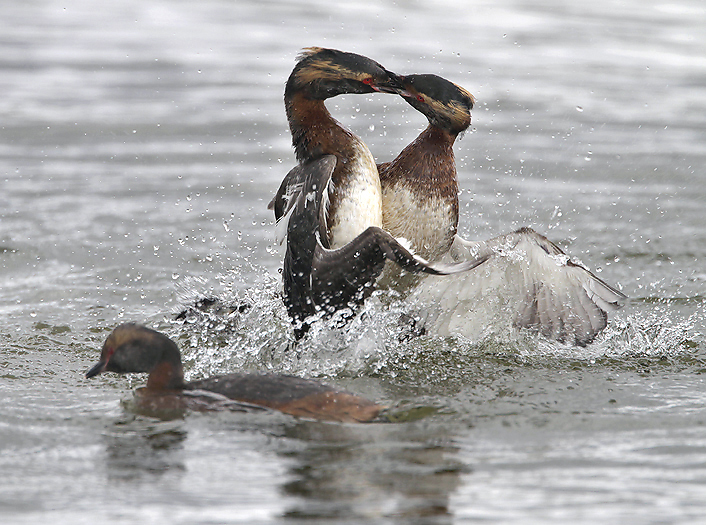
There were between 1,000 and 2,000 pairs of the grebe at the peak of their population. Now, numbers are rapidly decreasing. The biologist doesn’t think that the bird is in danger, but says the situation should be monitored.
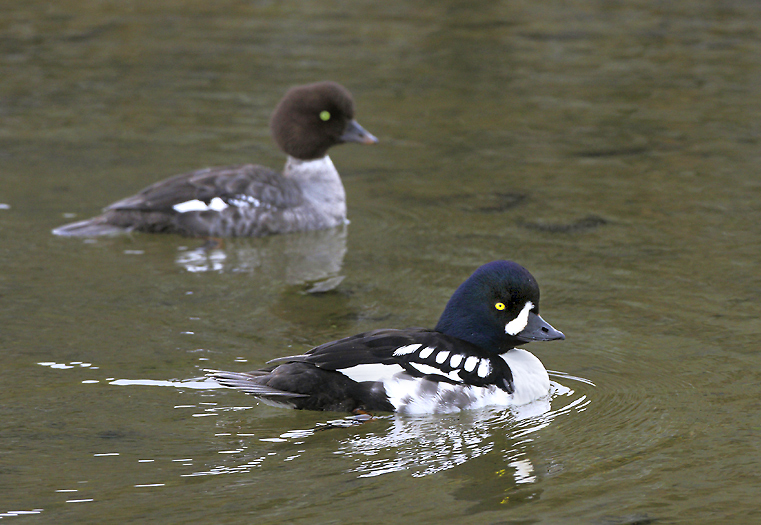
Barrow`s Goldeneye.is remarkable in that it originates from North America and does not nest elsewhere in Europe other than in Iceland, where it is resident almost exclusively in the Myvatn and Laxa area.
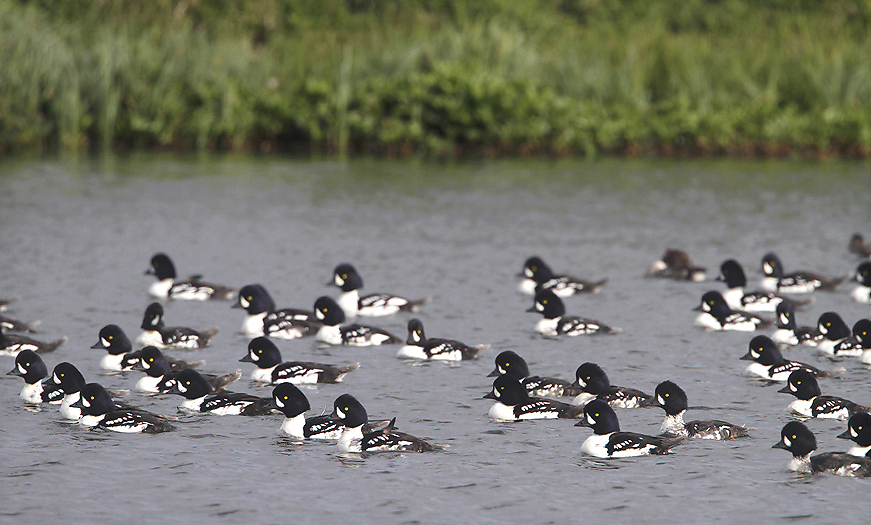
In summer time it is not uncommon to see big numbers of congregating Barrow`s Goldeneye males.
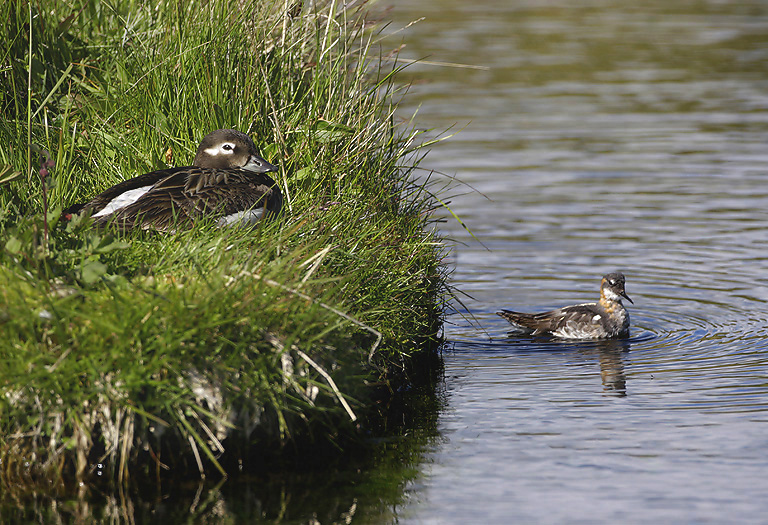
The Long-tailed Duck is a common arctic species here at the southernmost limit of its distribution.
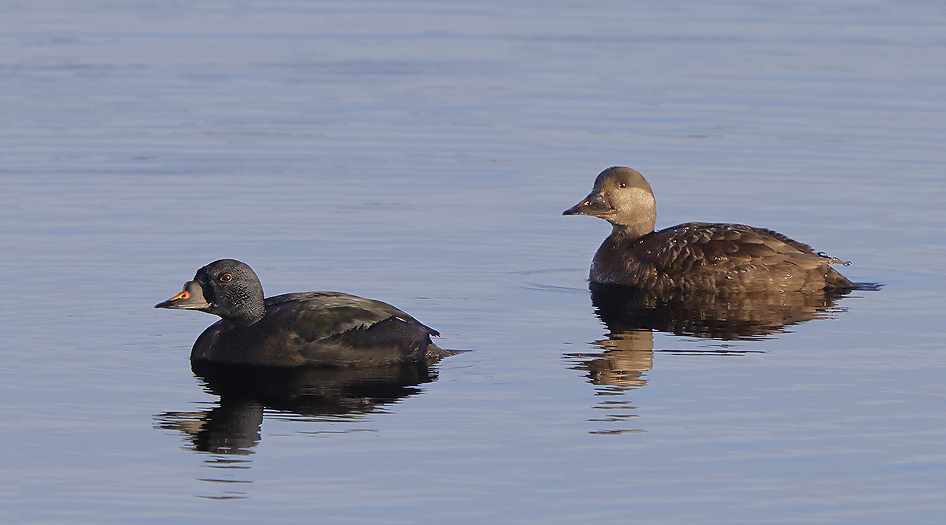
Common Scoter is a duck species of coastal seas but occasionally can be seen on shores outside the nesting season. During the nesting season though, it migrates to inland lakes. In Iceland the most common area of nesting is at Lake Myvatn PAP
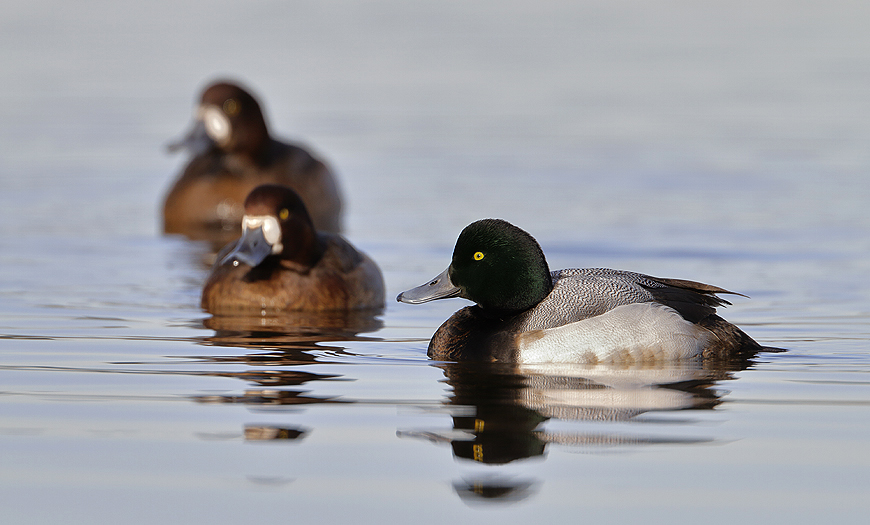
Greater Scaups are common in Iceland with an estimated population of about 4000 pairs. PAP
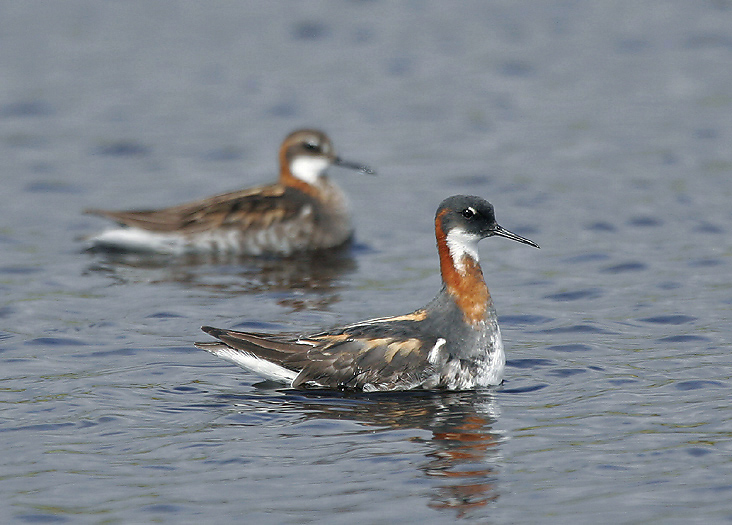
Red-necked Phalaropes have lobed toes and are therefore good swimmers. They nest in fertile wetlands all around Iceland. The male, which is smaller, incubates the eggs and takes care of the young. The bigger females, which are more colourful, leave the breeding ground shortly after egg laying. Red-necked Phalaropes feed on insects and crustaceans. The population in Iceland is estimated to be between 50 000 and 100 000 pair. PAP
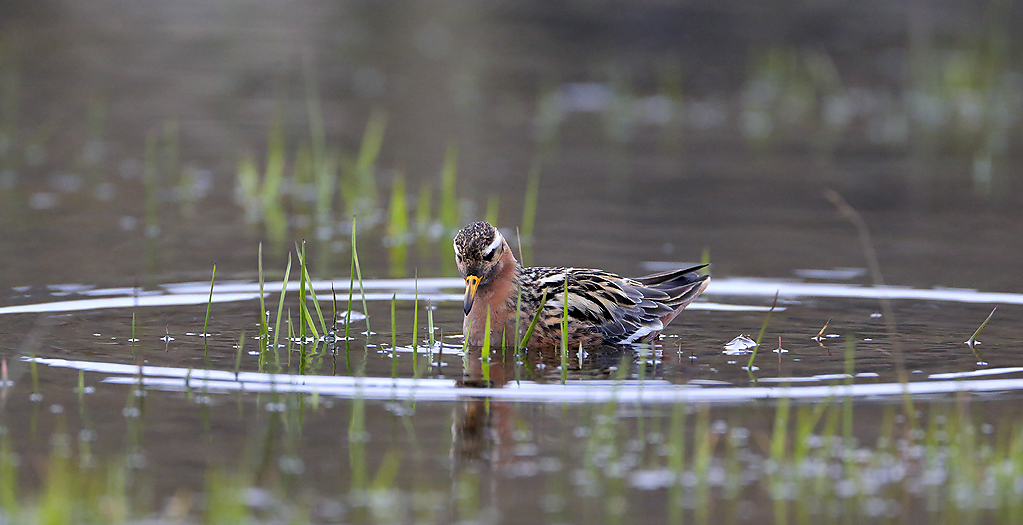
The Grey Phalarope is much more rare on Iceland compared to the red-necked phalarope. In some areas they can be quite abundant in some years though. It is a more an arctic species than its red-necked cousin. These birds have a special technique for catching food; they swim rapidly in a circle to make a vortex with their feet, -which swirls up nutrition to them. PAP
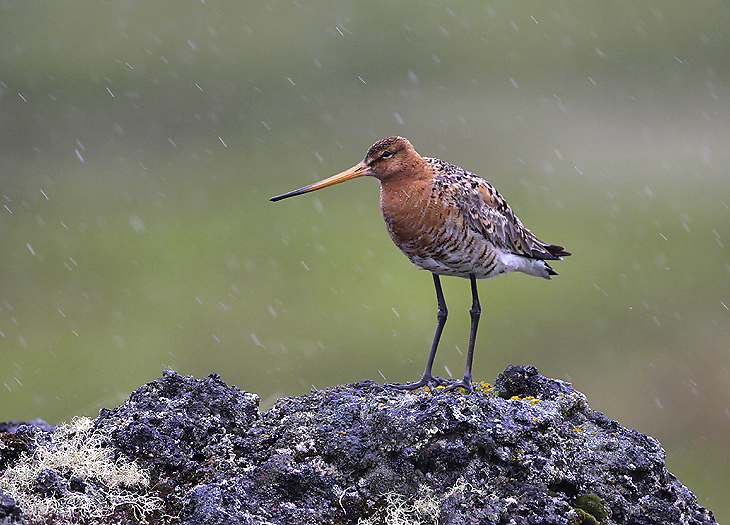
Icelandic Black-tailed Godwits (Islandica) nest primarily in Iceland, with an outpost in the northern isles, and small numbers on the Faeroes and Lofoten islands.
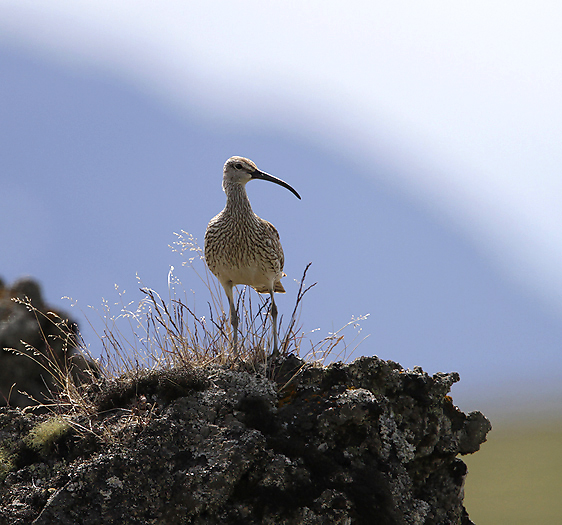
As the Black-tailed Godwit the Whimbrels in Iceland are also a subspecies (Islandicus). They are commonly seen over vast areas.
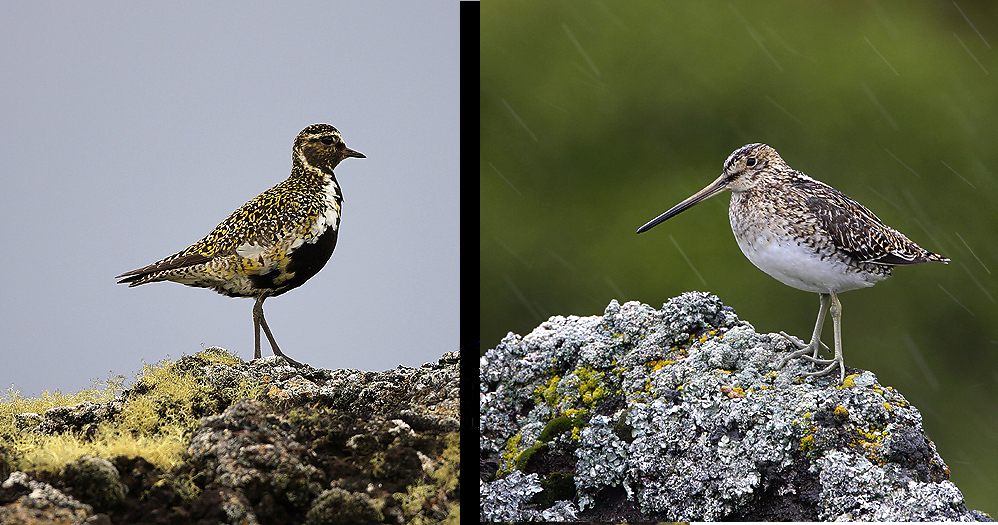
Left photo: The Golden Plover is very common on Iceland with around 400 000 nesting pair. No bird is loved as dearly by Icelanders as the Golden Plover. according to Icelandic tradition their arrival is considered to be the harbinger of spring and summer.
Right photo: The Common Snipe are wide spread all over Iceland.
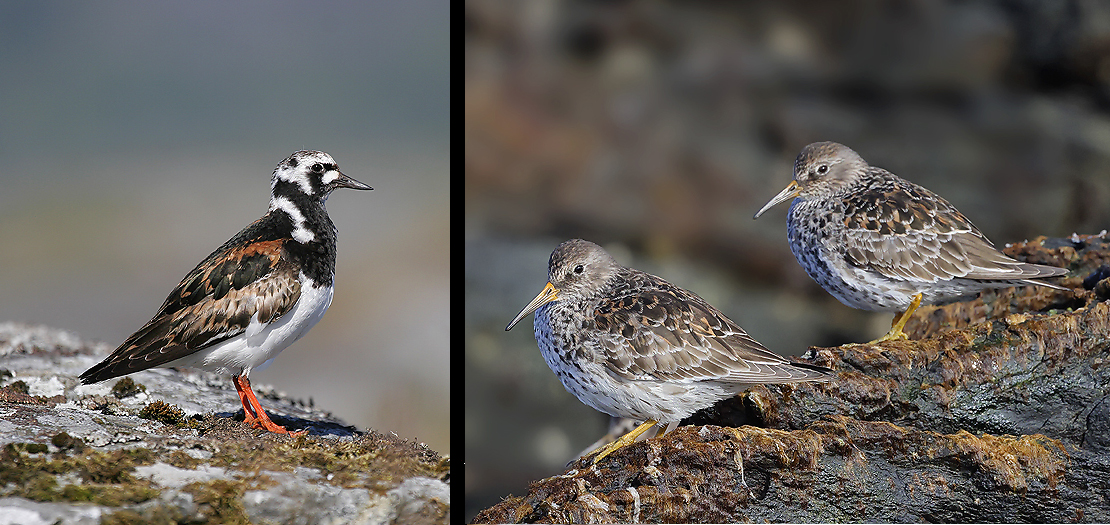
Left photo: Ruddy Turnstone.
Right photo: Purple Sandpipers.
PAP
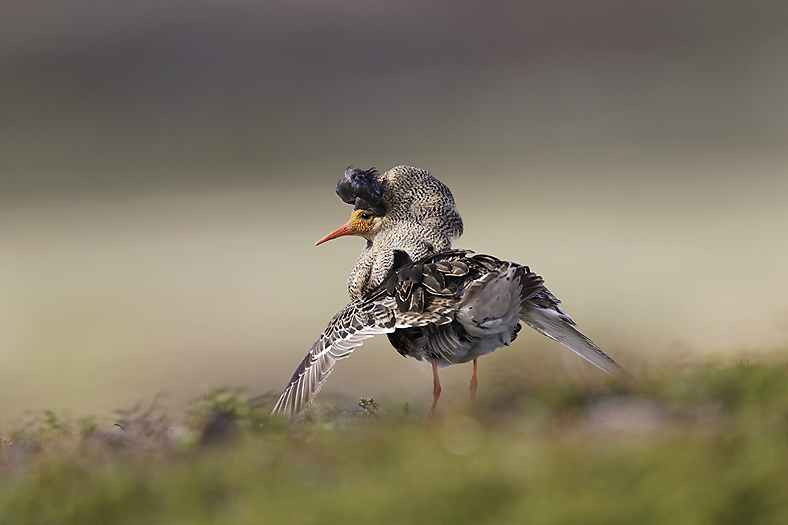
Ruffs are regular vagrants to Iceland, it’s not that often that you get to see males in “full kit” like this. PAP
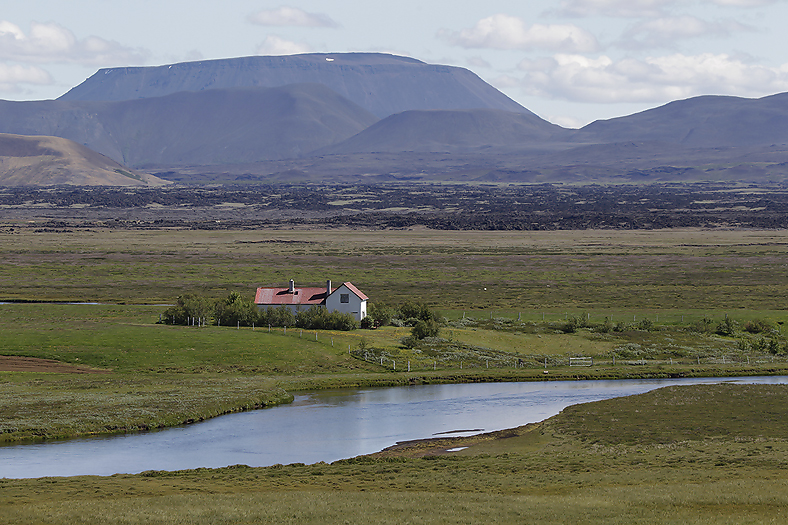
The River Laxa (from the Norwegian word “Laks” which mean Salmon) in Adaldalur flows gracefully from the unique Lake Myvatn toward the ocean in the wide Skjalfandi Bay in north-east Iceland. The upper part of Laxa in Adaldalur is a fantastic and challenging brown-trout water river. The lower 20 km of the river is best known for its large salmon content.
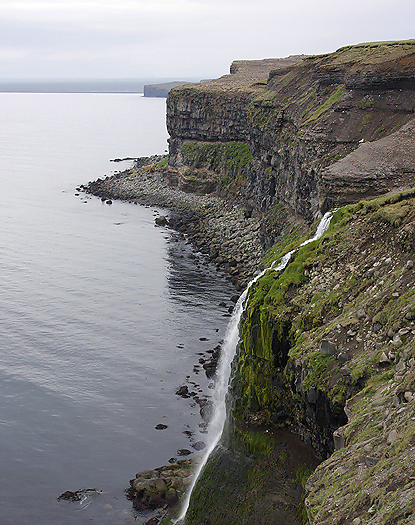
Part of the cliffs east of Oxarfjordur
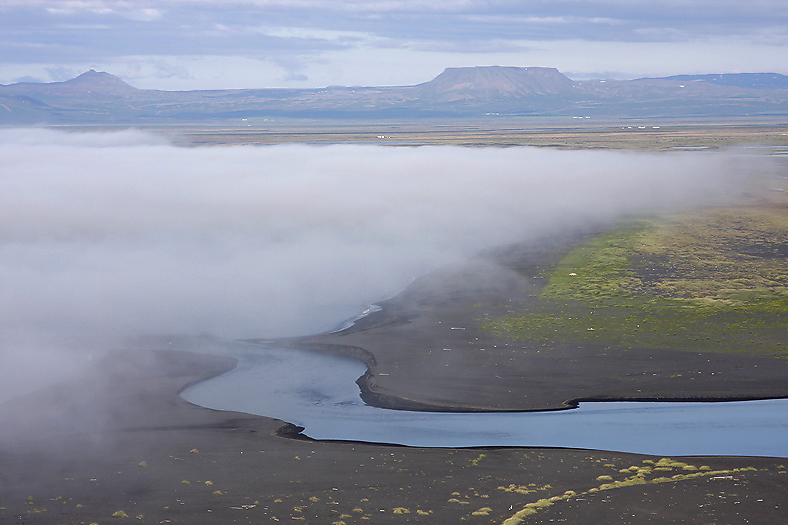
The north coast of Iceland borders to the cold arctic waters where sea fog is rather common.
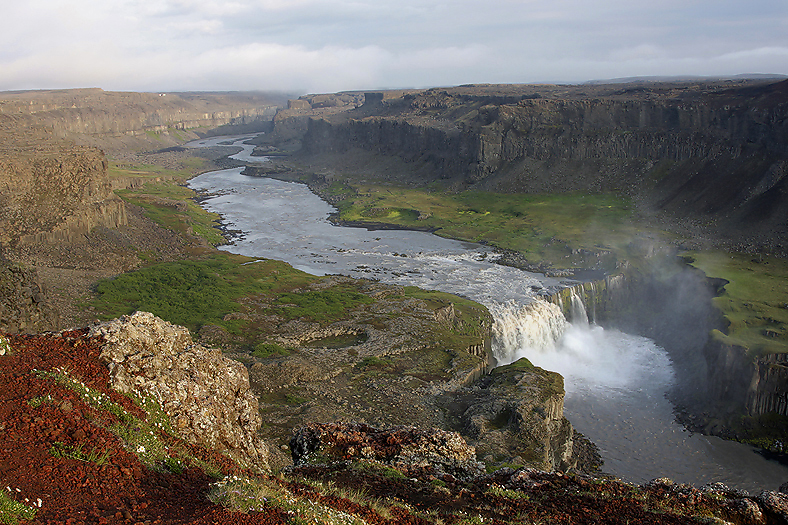
Hafragilsfoss waterfall is fed by the glacial river Jökulsá á Fjöllum that is the second biggest river in Iceland and originates from the glacier Vatnajøkull.
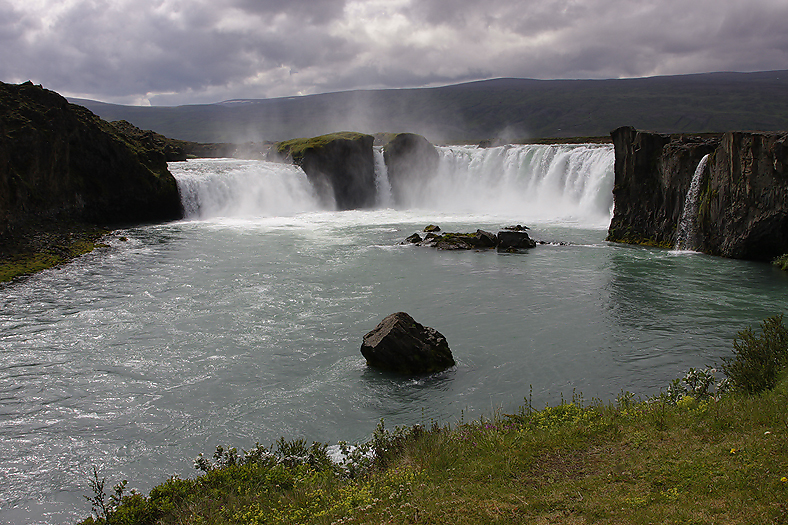
Godafoss or ‘Waterfall of the Gods’ is one of the most impressive in the country. It is found between Akureyri and Lake Myvatn. According to the myth, in the year 1,000 Law-speaker of the Althing, Chieftain Thorgeir Thorkelsson, returned from Thingvellir with the decision that the nation of Iceland would convert to Christianity. He ceremoniously disposed of Norse pagan idols into the falls of Godafoss.
Namaskard and Namafjall geothermal areas:
Namaskard is a powerful geothermal area east of lake Myvatn. The area has sulphurous boiling mud springs and steam vents. Together with an acidic and sulphate rich content this make the landscape very colorful with transformed rock formations. Namaskard has a sheer lack of vegetation and flora, caused by the high temperatures in the area, unworkable soil and steam that fills the atmosphere. The constant release of volcanic fumes has rendered the ground extremely sterile and acidic, making it unfit for near all plant growth.
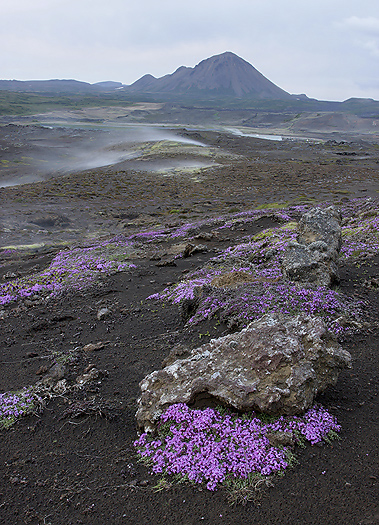
From Namafjall geothermal area with sulphuric fumes covering the landscape.
The colorful Moss Campion in the foreground is known as Lambagras in Icelandic, translating to ‘Lamb Grass.’ It prefers dry arid environments and it seen in the Highlands and the Westfjords. Moss Campion are also seen commonly on the lava fields, i.e. here and close to Víti crater with the lava fields from the Krafla volcano.
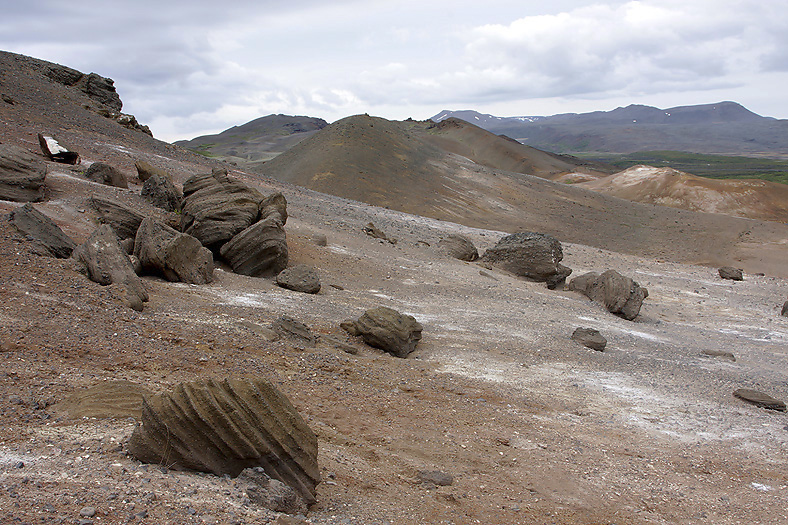
Part of Namafjall. American Apollo astronauts visited Iceland on two training missions, called GFTs (for Geology Field Trips), in 1965 and in 1967 when Neil Armstrong visited. NASA had one ambition: bringing the first man to the moon.
Probably the most moon-like of the field areas.” (NASA, GFTs July 12-16, 1965 Iceland).
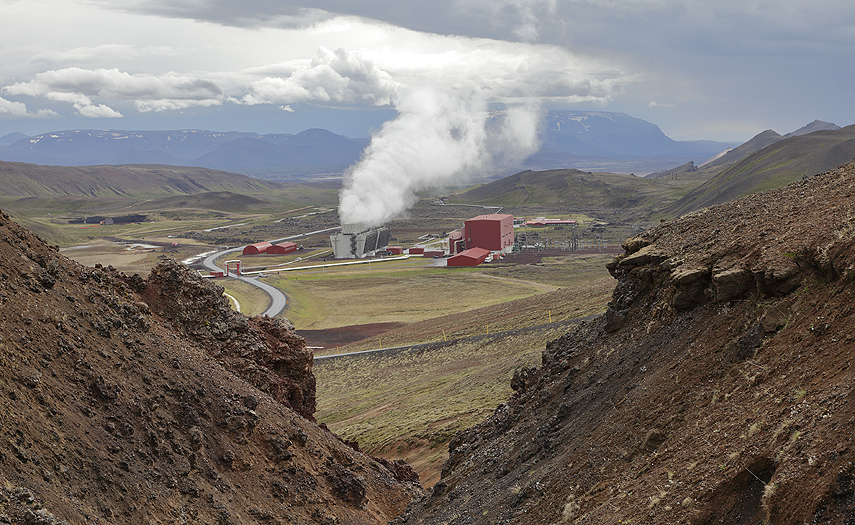
Krafla geothermal power plant. This is a geothermal power generating facility located close to the Krafla Volcano by the Namafjall area east of Lake Myvatn. With it`s 33 boreholes it is able to produce 500 GWh of electricity annually and with an installed capacity of 60 megawatts. One of the wells (IDDP-1) in the “Iceland Deep Drilling Project” was drilled in 1999 in Krafla geothermal reservoir and reached magma (molten lava). That particular well had a bottom hole temperature measured at 430°C and became the world’s hottest geothermal well. The center of the volcano is a caldera, under which lies a magma chamber at a depth of about 3 to 7 kilometres. As this chamber fills up, the ground level above rises.
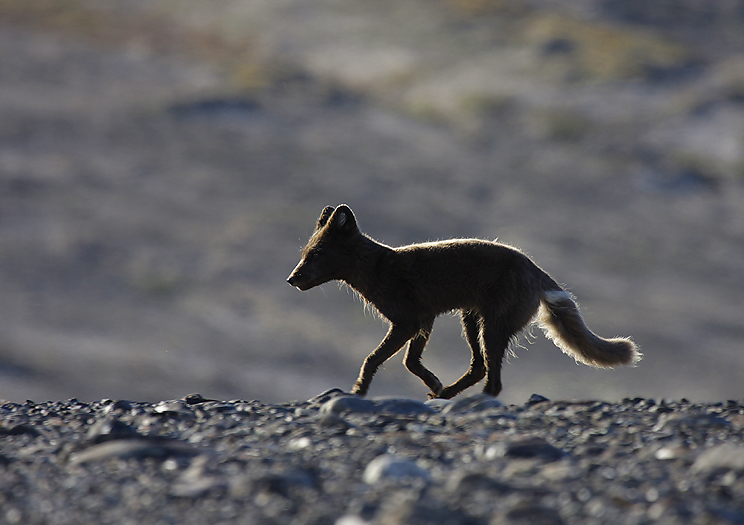
The Arctic Fox is truly an important part of the poor fauna of the Icelandic nature and it was the only land mammal living in Iceland before the viking settled here for more than 1000 years ago. The struggle between the humans and the foxes has long been difficult in Iceland, especially for the Icelandic farmers who killed the foxes to protect the sheep and other stock animals. Fox hunting for their valuable fur has also been popular for centuries in Iceland, the fur is however priceless today. It is true to say that the life for the arctic fox in Iceland has not always been easy, not only because of the humans but also because of the unpredictable weather conditions and limited food resources, but even so they have become quite well adapted to the Icelandic nature. PAP
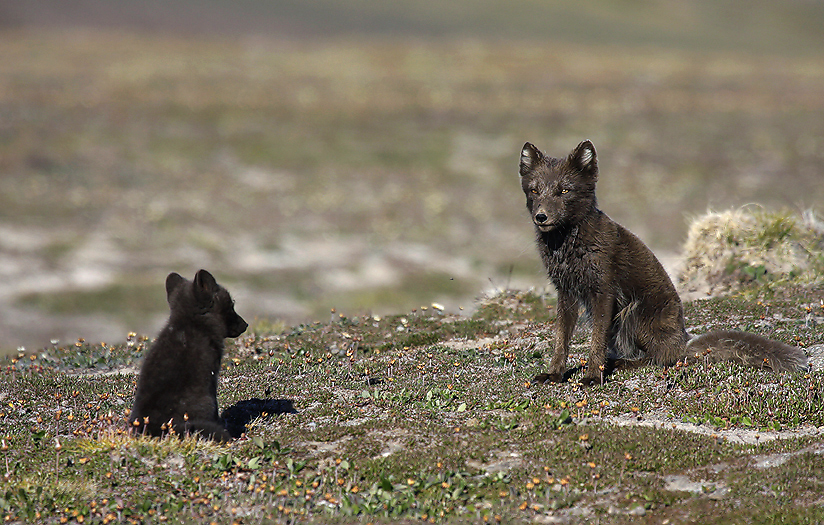
The Arctic Fox is the only mammal to have reached Iceland without human assistance and reproduce annually. The others are Field Mouse and Mink. The Arctic fox can be found all over Iceland but most of them are in the westfjords where you can find the largest bird cliffs in Iceland. There are also quite many of them at Melrakkasletta here in north-east (old Norwegian word for “The Plain of the Arctic Fox”). The fox has been protected in Hornstrandir Nature Reserve since 1994. Great parts of the Arctic Fox population are of the “blue phase” (as we see in the photos here). PAP
Polar bears are not native to Iceland and do not den or reproduce here, although they do occasionally turn up in Iceland and are thus classified as vagrants. Information exists on just over 600 polar bears recorded as having arrived in Iceland from the beginning of human settlement on the island to the present day. The last observation was in 2016 when a young bear was spotted within 500 meters to an inhabited farm and was shot dead by a marksman who explained that he was in no doubt about killing the bear, as it was close to a farm where children had been playing.
Seal and Whale species:
There are two kinds of seals species that live permanently around the Icelandic shore, the Harbour Seal and the grey seal. There are four other species that visit Iceland occasionally, Harp Seal, Bearded Seal, Hooded Seal and Ringed Seal. Many whale species have been seen in whale watching tours off northern Iceland but as most whale species are oceanic and avoid the coast some of them are quite rare. The Blue Whale, Bottlenose Whales and Killer Whale are examples of such oceanic animals, they are sometimes but not very often seen from whale watching boats. The sightings are also very irregular. Even more oceanic and more rare are Fin Whales, Sei Whales, Sperm Whales and Pilot Whales. A few species are coastal and much more frequently seen. These are Harbour Porpoise, White-beaked Dolphins, Minke whales and Humpback Whales. The White-beaked Dolphin has a close relative, the White-sided Dolphin that is only found in warmer waters off southern Iceland.
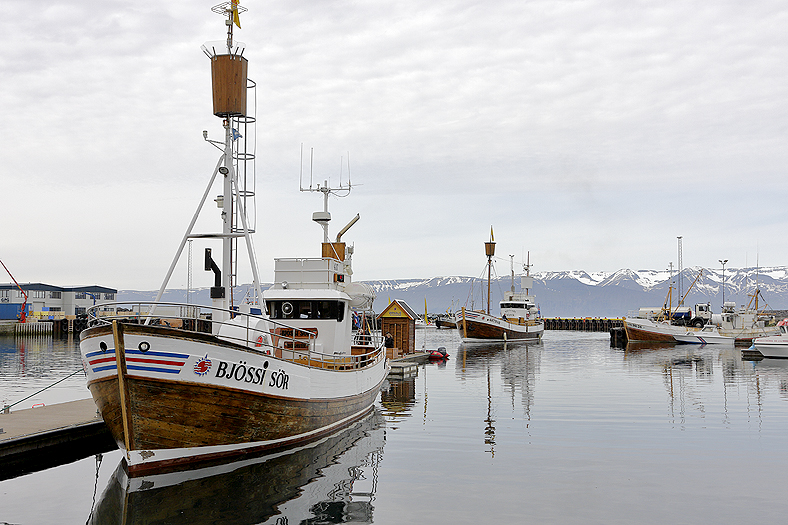
Former whaling and fishing vessels in Husavik harbor at the north coast which now are used for whale watching with tourists.The closest one was constructed in Akureyri in 1975 and is one of the last oak boats to have been built in Iceland. This boat was in earlier times engaged in Minke-whaling along the northern coast.
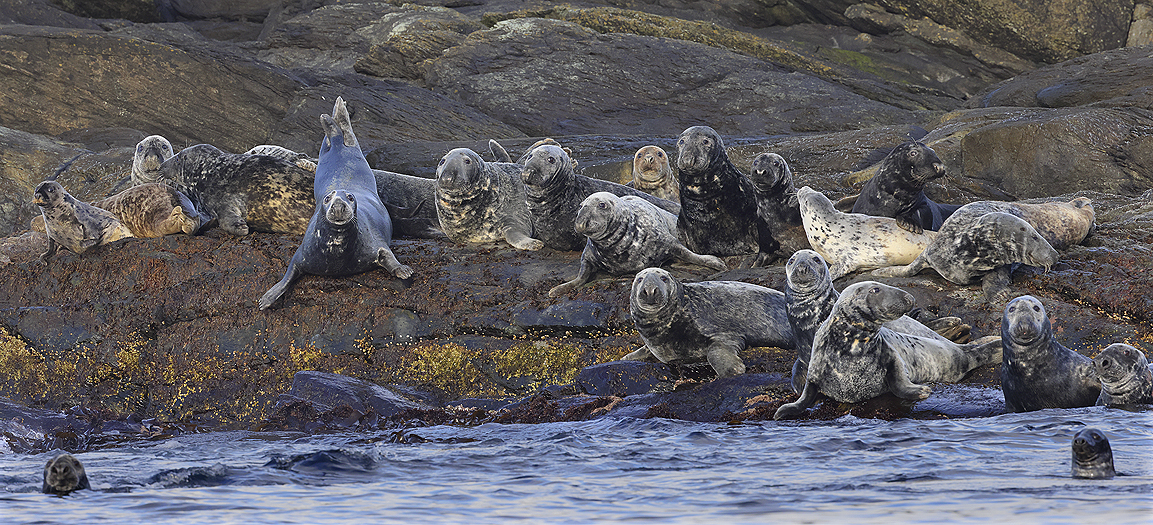
The Grey seals can be found around the North Atlantic Ocean, most of them are around the coast of Canada and around the British Isles. But also in Norway, Faroe Islands, The Baltic Sea, Murmansk area and Iceland.
The Grey seal distinguished from the Harbour Seal by its straight head, fewer spots on the body and they are also much larger. Adults are around 250 centimeters long and weigh around 300 kilograms. Males are usually darker and much larger than the female who are silver grey to brown color. PAP
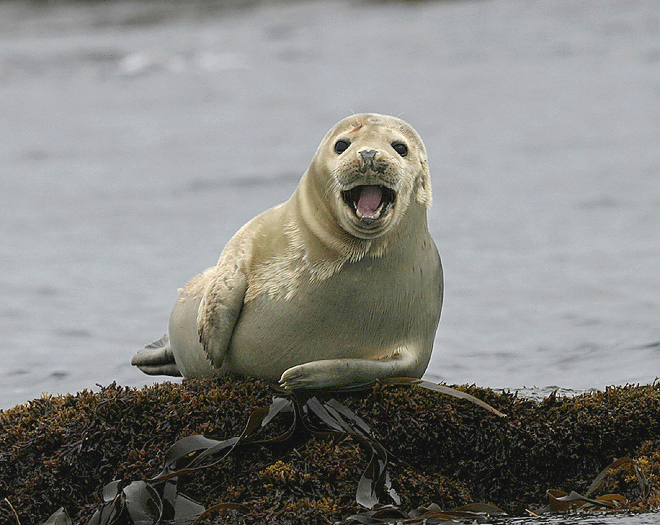
The Harbour Seal can be found anywhere in the northern hemisphere. It is the most common seal in Iceland and can be found all around the country but mostly in the West and the Southwest part. The head is short and rather wide and the neck is short and thick. The male is larger than the female and can be up to two meters big and more than 150 kilograms, but usually they are about 170 centimeters long and around 100 kilograms. The female are about 150 centimeters and weight almost 100 kilograms. PAP
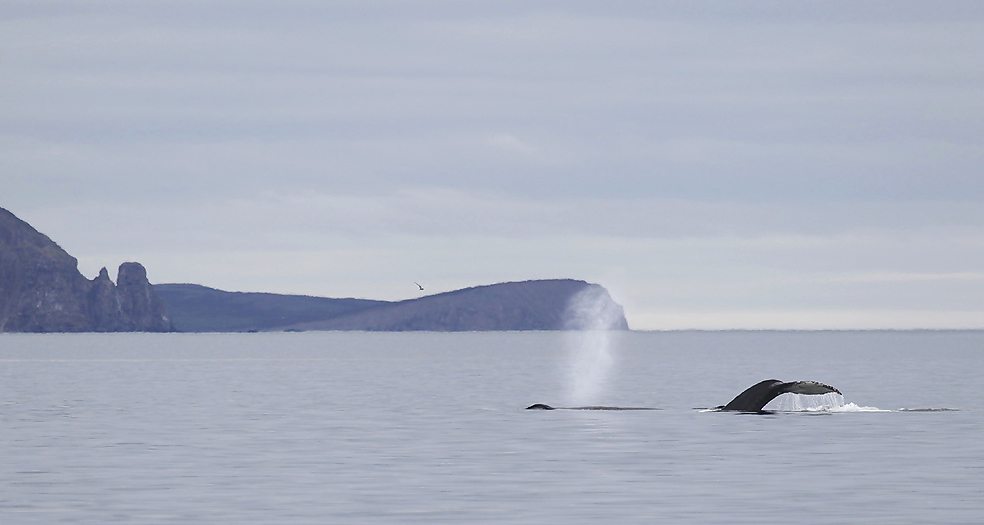
Humpback Whale in Skjalfandi Bay. They can reach 11-19 m in length and is a baleen whale, like the Blue, Fin, Sei and Minke whale. The Humpback Whale primarily feeds on plankton, krill, but also small fish, such as capelin and is easily identified by its enormously long flippers, which can be up to 5 or 6 m in length. The humpback whale is playful, occasionally raising the flippers to slap the water surface, rolling over or leaping out of the water. Head and flippers are covered with barnacles, which will attach soon after birth and remain there during it’s lifetime. The powerful spout, 2,5-3 m, lasts for several seconds and the breathing cycle is 3-4 times before deep diving. The Humpback Whale remains underwater for 5-7 minutes at a time, though often much longer. It nearly always raises the fluke before diving, revealing the distinctive black and white pattern, which distinguishes individuals and is used for identification. The Northern Atlantic Humpback Whale migrates to the breeding grounds in the Caribbean. In summertime, it frequents shallow waters around Iceland and often comes into the fjords and bays in search of food. The population size in Icelandic waters is uncertain, but is estimated to be around 1,500-1,800 individuals. Life expectancy is around 95 years.
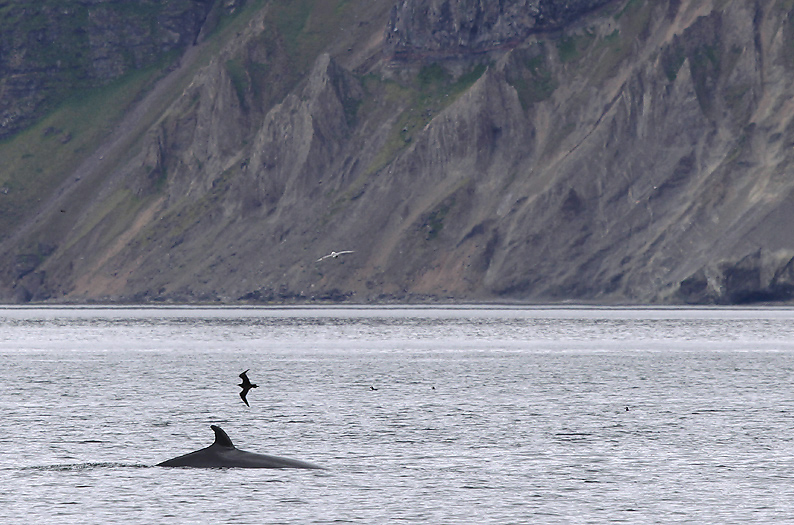
Minke Whale in Skjalfandi Bay. The Minke whale is the second smallest of the baleen whales, reaching 8-10 metres in length, weighing up to 10 tons. The males, smaller than females, are about 7-8 metres in length. The North Atlantic Minke Whales have white diagonal stripes across their flippers, unlike their relatives in the South, which have plain black flippers. The Minke Whale spouts 3-4 consecutive times before deep diving. It can stay submerged for up to 20 minutes, though the usual time is around 3-5 minutes. The Minke Whale doesn’t fluke, but often bends its back before vanishing. Sometimes, it leaps out of the water. The Minke Whale’s diet consists of plankton, krill and small surface fish, but it is believed that around 1-6% of its diet is based on various stockfish, such as cod. The Minke Whale is thought to be the most abundant whale species in Iceland and there are estimated to be around 174.000 minke whales in the Central and Northeastern Atlantic. Life expectancy is around 50 years.
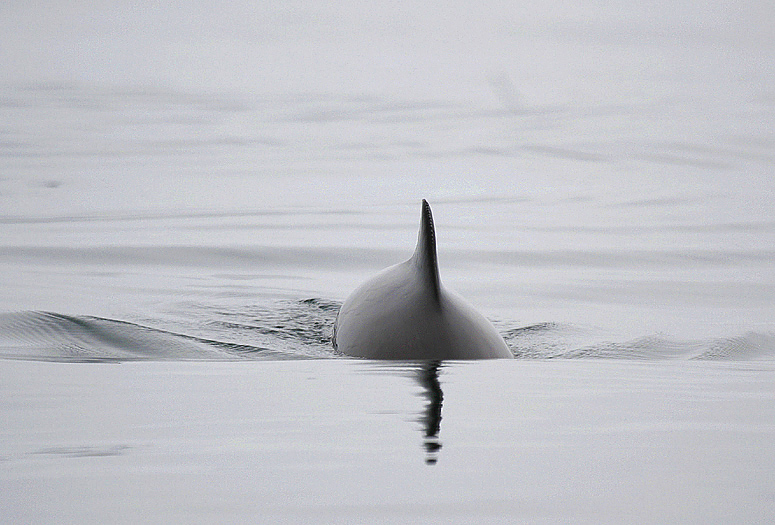
The Harbour Porpoise belongs to the toothed whales, forming a separate family. With its body length being only 1,5-2 m, it is the smallest of all whale species. The back is dark grey in colour, getting lighter towards the sides and belly. The snout is round, unlike dolphins, and the head is relatively small. The Harbour Porpoise feeds primarily on various small fish, but also herring and capelin. While trying to snatch fish from the nets, it increasingly gets tangled up in fishing gear and drowns, which results in a serious population decline. The porpoise is shy, rarely leap, and tends to stay away from boats and ships. Being so small, it is difficult to spot. Preferring shallow waters, groups of porpoises can be seen in fjords and bays, and sometimes in estuaries. The local population is believed to be 25,000-27,000 animals. They often form large groups of up to 250 individuals. Life expectancy is around 30 years. PAP
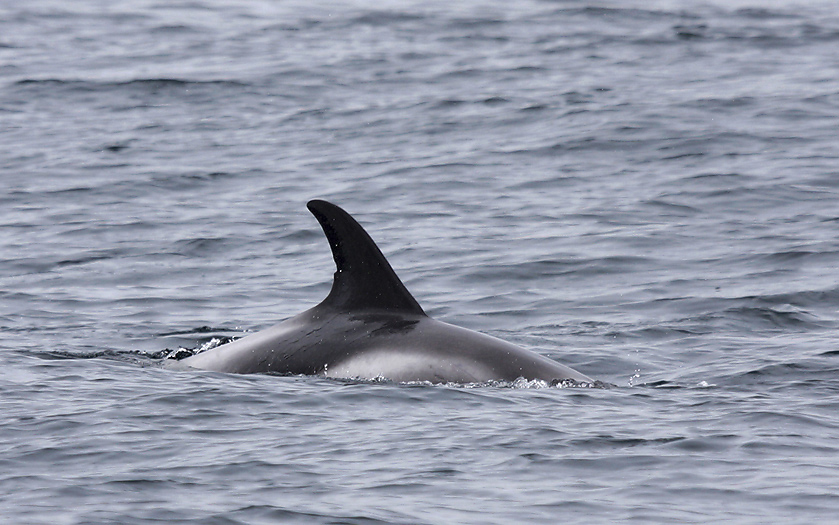
The white-beaked dolphin, like all dolphins, belongs to the toothed whales. It is an extremely fast swimmer and comes frequently leaping towards ships and boats. The white-beaked dolphin doesn’t remain submerged for a long period of time, stays close to the surface, and is constantly on the move. It uses the flukes to propel themselves out of the water to spout. The dolphin generally feeds on various small fish, such as mackerel and herring, or squid. The population size is estimated to be 10,000-12,000 animals; it’s believed to be a permanent resident in Icelandic waters. Occasionally, large groups of white-beaked dolphins can be seen in the fjords and bays, but they usually travel in smaller groups of 5-10 animals. This is the most common dolphin being spotted on whale watching trips around Iceland. Life expectancy is around 25 years.
Seabird situation in general:
Many birds, including most seabirds, congregate densely to nest in so-called bird colonies. A total of 4,500 seabird colonies have been documented in Iceland, although many of these host only a single or a very few bird pairs. The birds nesting at the fewest colonies are the Manx shearwater, at 7 colonies and Northern Gannet at 9 colonies. The Northern Fulmar and Arctic Tern are the most scattered of Iceland’s seabird populations, with around 1,500 colonies each. Seabird populations in Iceland have experienced significant fluctuation in recent years. Virtually all seabird populations are in decline, with the exception of the Northern Gannet and the Great Cormorant (Phalacrocorax carbo). Iceland is an island of global importance for many bird species. In addition to Iceland’s seabirds, large bird populations breed here that rely on open areas. The present knowledge of individual bird populations varies greatly. This is true of both population size and population development. A rough estimate of the total number of breeding birds in Iceland is around 10 million breeding pairs. The vast majority of these are seabirds, or around 7.5 million pairs. Nearly all of the largest bird populations in Iceland are seabirds. For some bird species, the breeding population in Iceland numbers in the hundreds of thousands or even in the millions. Harvesting seabirds has a history in Iceland since the human settlement of over 11 hundred years. Still nowadays, numerous seabird colonies are harvested, for the birds, eggs and down. Seabird hunting also takes place outside the breeding season along the coast or from boats at sea. Seabird hunting is not at present for sustenance as in the old days. Now the use of wild birds is more of traditional and cultural interest.
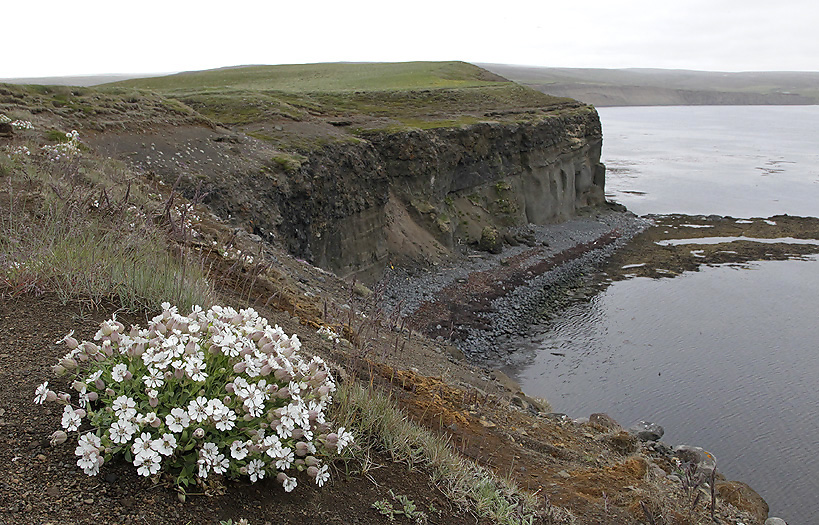
Sea Campion at the coastline of Voladalstorfa, Tjørnes.
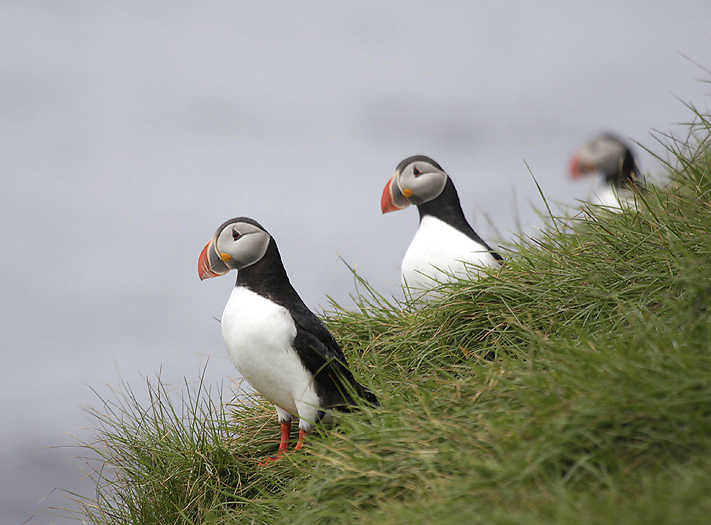
Puffins in the birdcliff of Tjørnes. Over half of the world´s population of the Atlantic Puffin nests in Iceland, somewhere between 3 – 4 million pairs each year. The total population of puffins in Iceland is estimated to be between 8 and 10 million birds. The Atlantic Puffin is one of the four species of puffins and the one most commonly found in Iceland. The Westmanna islands, an archipelago off the South Coast of Iceland, has by far the largest Puffin colony in Iceland, with around 800,000 nesting pairs. Second place goes to Breiðafjörður, with around 400,000 nesting pairs.
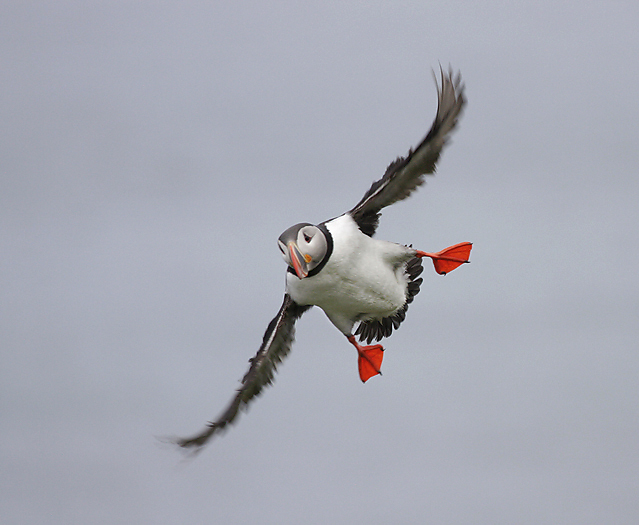
The reason why the Puffins need to flap their wings so fast is that their bones are not hollow so they are heavier than other birds. This is also the reason why they can dive down as far as they do. Atlantic Puffins have incredible skills. They can dive to depths of about 60 meters and fly at a speed of 88 km/h (24m/sec) by flapping their wings 400 times per minute!
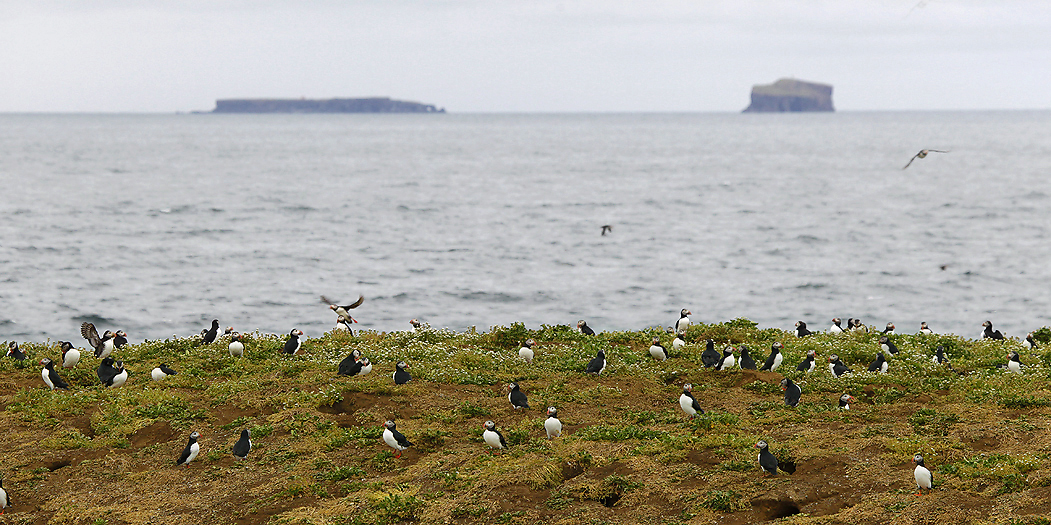
Puffin colony at the Tjørnes Peninsula. Grimsey in the background. Puffins are monogamous. They usually mate for life and a couple can stay together for over 20 years.
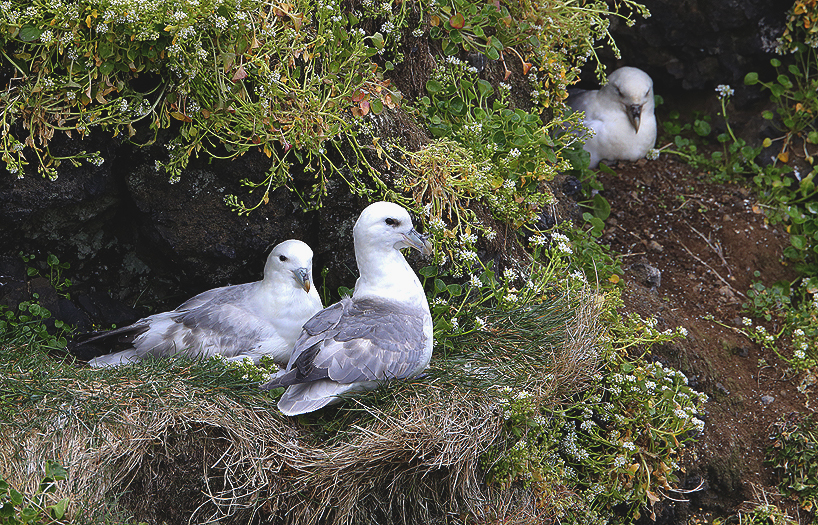
Fulmar is one of the most common bird species in Iceland (with around 3 000 000 individuals). They nest on sea cliffs all around Iceland and also inland in some places. Fulmars are seabirds that can travel long distances in search for food. Fulmars are opportunistic feeders, which feed on almost everything that is available near the surface of the ocean. Fish discards from fishing boats are the most important food source in northeast Iceland and fulmars are therefore often seen following fish boats in great numbers. Fulmars are very common in Skjalfandi Bay as they nest in cliffs along the bay and also in islands. It is estimated that around 3,000 pairs are nesting on the western part of Tjørnes peninsula and the islands Mánáreyjar and Lundey in Skjalfandi Bay. The photo here is from the Tjørnes Peninsula.
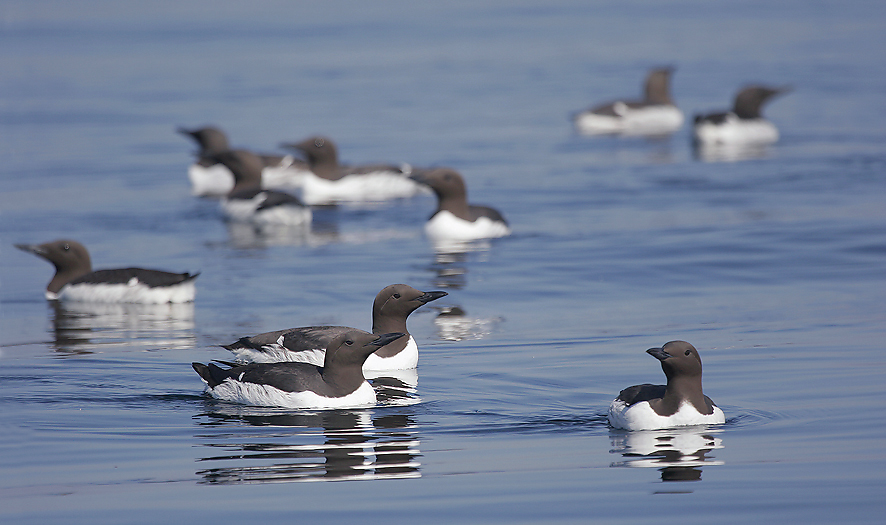
Guillemots nest in sea cliffs all around Iceland where the population is estimated to be around 2 000 000 individuals. PAP
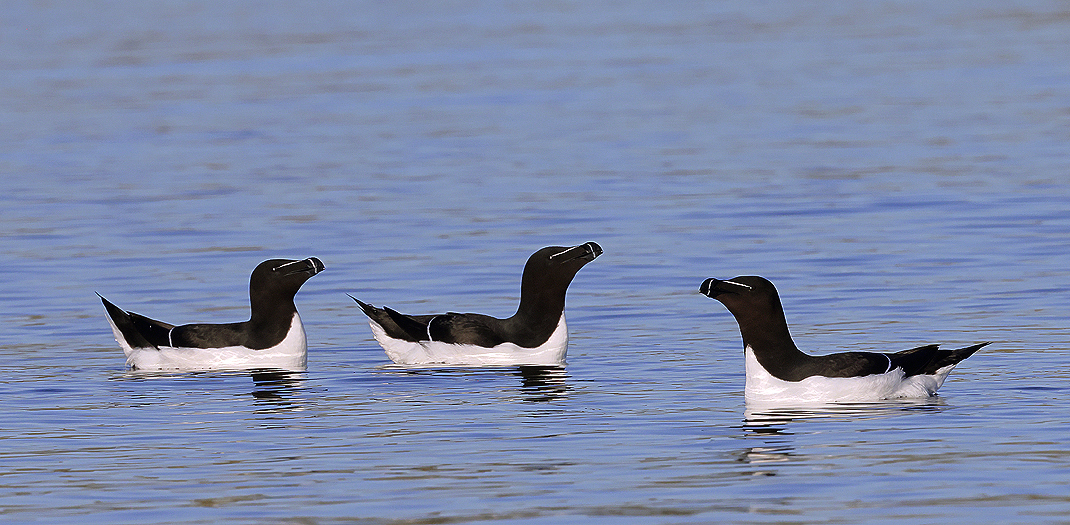
Iceland is still holding the largest Razorbill population in Europe (40%, around 800 000 individuals). Razorbills are the closest living relative of the extinct Great Auk (Pinguinis impennis) which went extinct in the world in 1844 (Eldey, Iceland). PAP
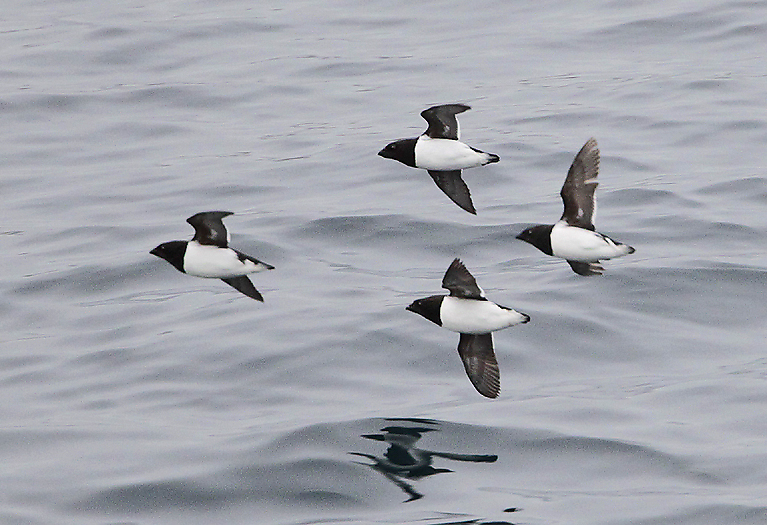
The Little Auk is by far the smallest auk of the Atlantic. It used to be a nesting bird off the north coast of Iceland, -more or less restricted to the far northern island of Grimsey. It has however, become extinct as a nesting bird on Iceland (last nesting was in 1997). Nevertheless, it is still a regular appearance along the coastal seas of Iceland outside the breeding period. PAP
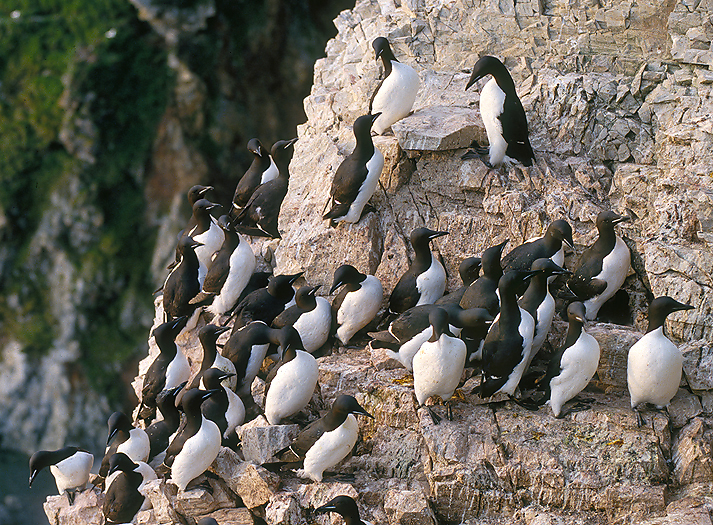
Brünnich`s Guillemot is a high arctic species. It is common in Iceland but the population has been declining (from around 1 000 000 individuals). They nest on smaller sills than Common Guillemot. It feeds on fish like capelin and sandeel but also on crustaceans and lugworms. PAP
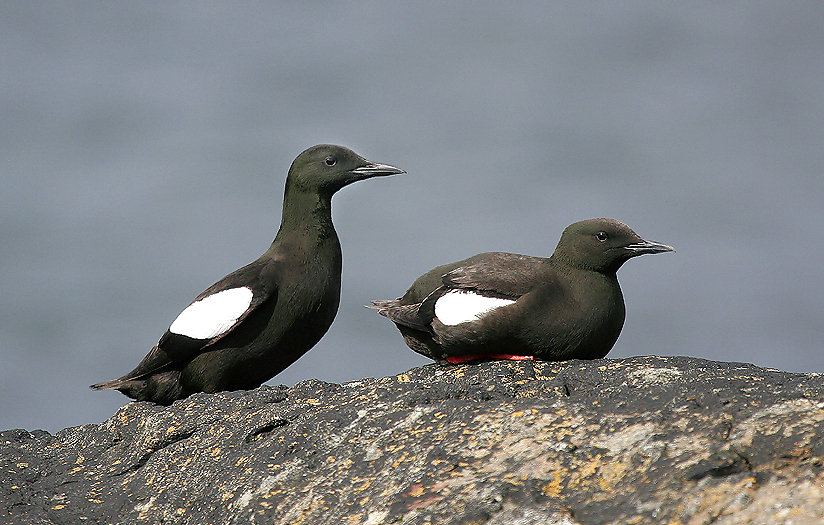
Around are 70 000 Black Guillemot individuals are spread all over the coastal areas in Iceland. PAP
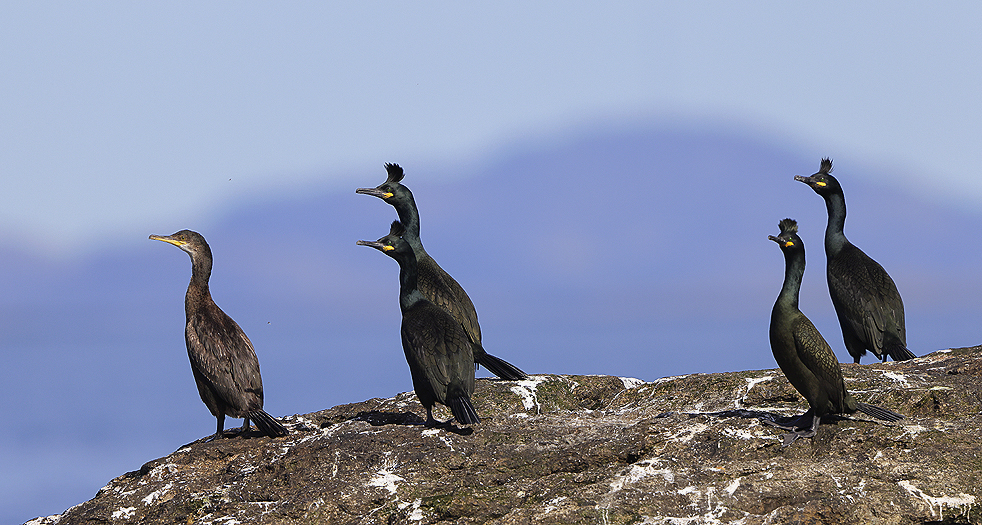
Shags are common in Iceland, and is strictly a marine bird. The cousin Cormorant can however occasionally be found inland (like in Europe where it is common along fish-rich rivers and lakes). PAP
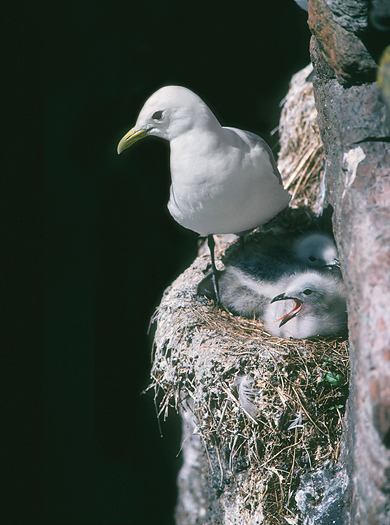
Kittiwakes nest in dense colonies in sea cliffs all around Iceland. The nest which is made of grass and mosses, glued together with droppings, is placed on small ledges in steep cliffs. Kittiwakes spend more time at sea than other gulls and are rarely seen inland. They feed on small fish and discards from fishing boats. The Icelandic population is around 1 200 00 individuals. PAP
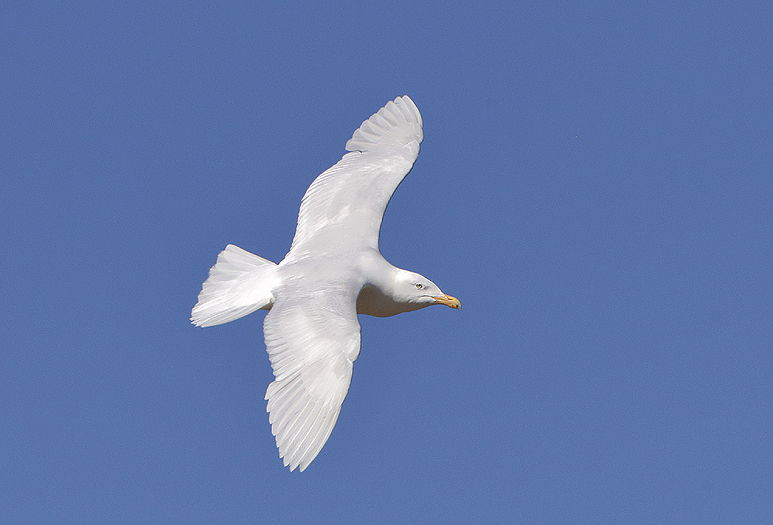
The Glaucous Gull nests in mountains and sea cliffs and gets its food in the sea, mostly small fish. The nesting population in Iceland is estimated around 10,000-15,000 pairs. During the latter part of the 1900-hundreds century Herring Gulls (Larus argentatus) from Europe have invaded Iceland and hybridized with the Glaucous Gull. To date pure breeding populations can be found only in the west (Breiðafjördður and Vestfirðir regions). In these western regions they are quite common. In winter many more come from the Greenland region as winter guests. PAP
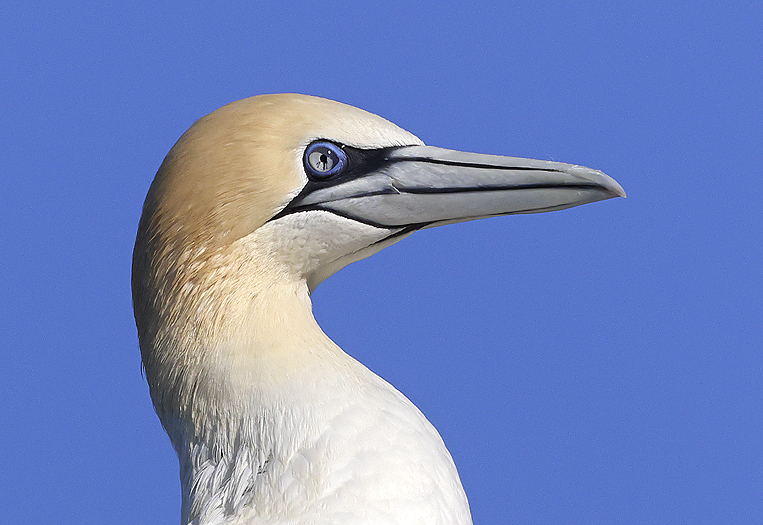
There are two Gannet colonies in the northern part of Iceland, Rauðinúpur and Skoruvíkurbjarg. Gannets feed on small fish, which it catches by plunging into the ocean at high speed. The Icelandic population is around 50 000 individuals. PAP
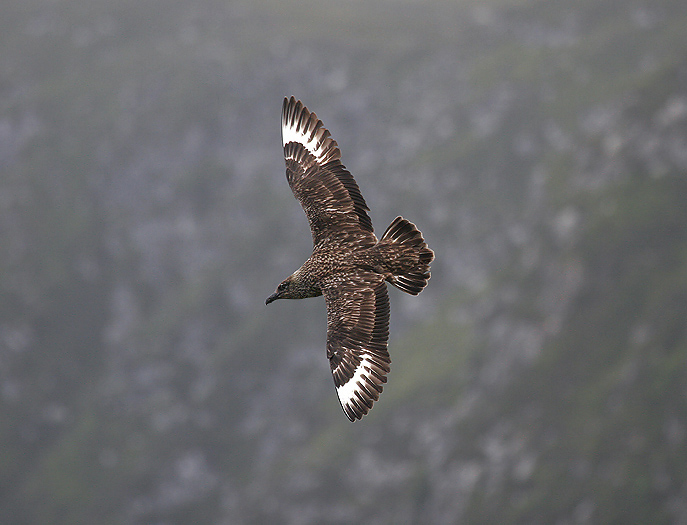
A large proportion of the Atlantic Great Skuas nests on Iceland (around 5 500 pair), mainly in southern Iceland (the Skeiðararsandur coastal sand plains region). In low numbers they can be seen all around the coast. PAP
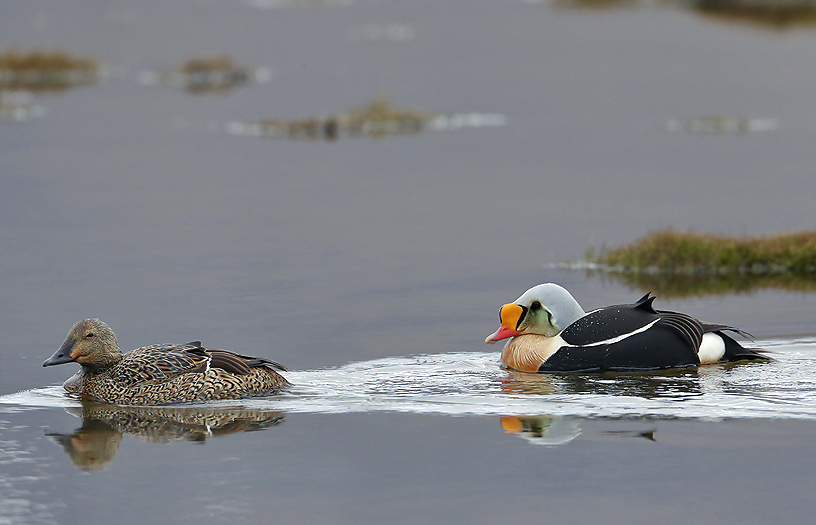
King Eiders does not normally not nest on Iceland, but they are regularly seen in winter time. PAP
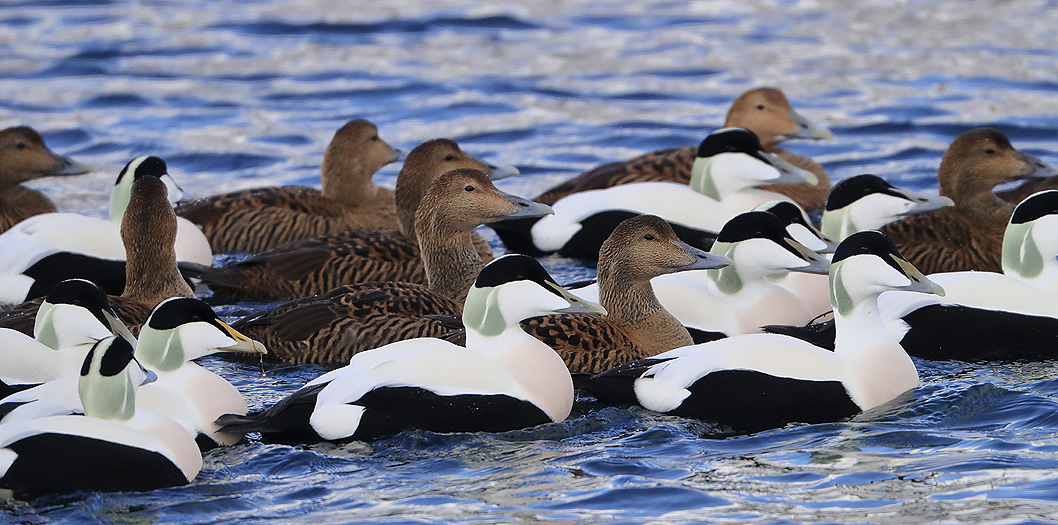
The Common Eiders nest in great number on Iceland (around 300 000 pairs). Eider is the only duck species in Iceland which is dependent on the sea all year round. It sometimes nests by rivers and lakes inland but takes the young to sea right after hatching. During incubation female eiders pluck down from their breasts and use it to insulate the nest. Farmers harvest this down for filling pillows and quilts. Many farmers in coastal areas have made their land favourable for eiders by making shelter for the nests and keeping predators away. Where farmers have taken good care of their eider colonies for long period of time the females get quite tame and do not leave their nest when the farmer comes to harvest the down. Eiders feed mainly on blue mussels. PAP
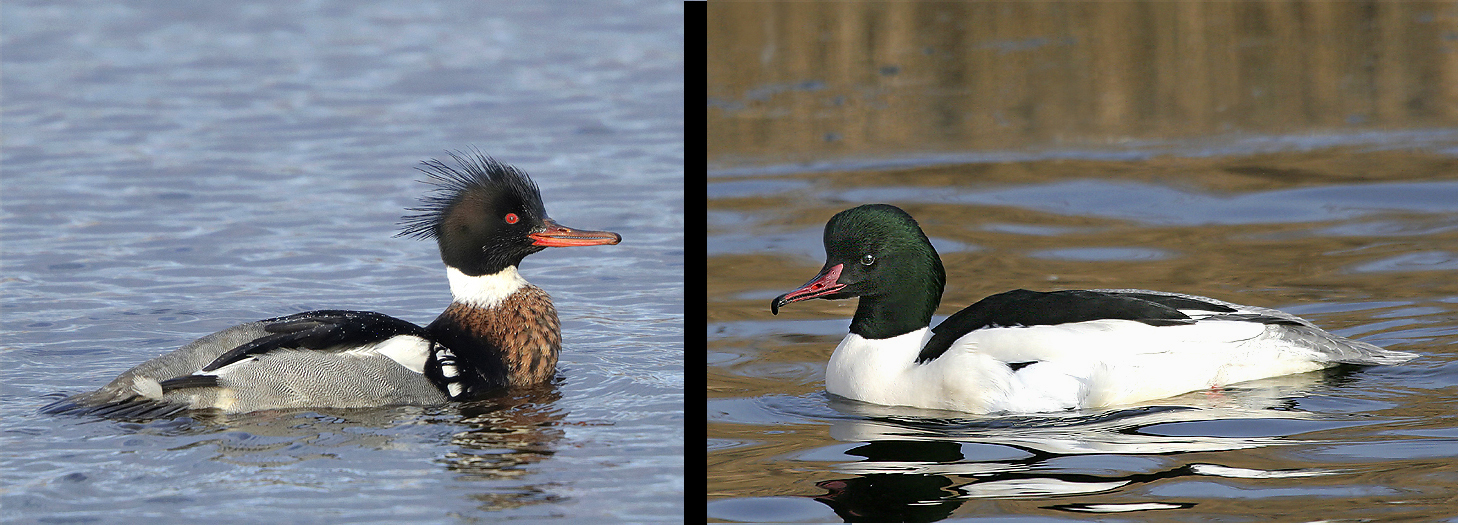
Left photo: Red-breasted Merganser.
Right photo: Goosander.
Both species are pure fish-eating ducks. Merganser’s & Goosander’s have long beaks with a sharp hook, adapted to catch small fish. The main food source is Stickleback’s. They can be found on Iceland along the coasts and lakes. Goosander’s are not very common on Iceland but are nesting birds. The Red-breasted Merganser is quite common, though. PAP
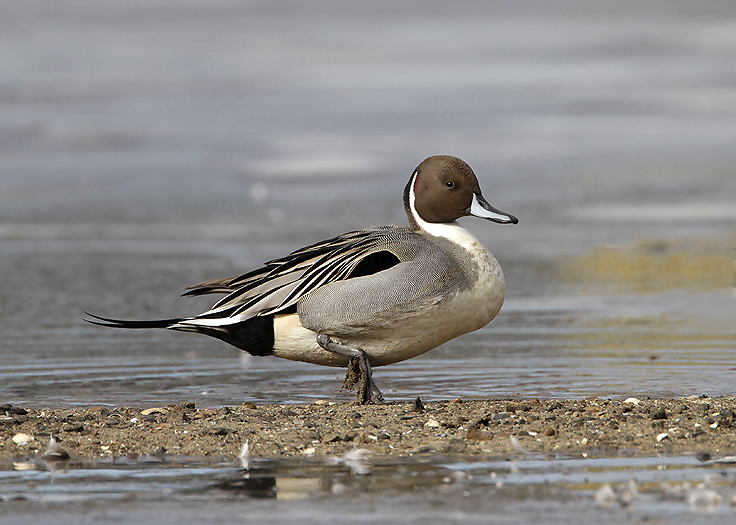
The Northern Pintail (photo show a male)is a duck with wide geographic distribution that breeds in the northern areas of Europe, Asia and North America. They can be found nesting all over Iceland’s wetlands, but never in large numbers. PAP
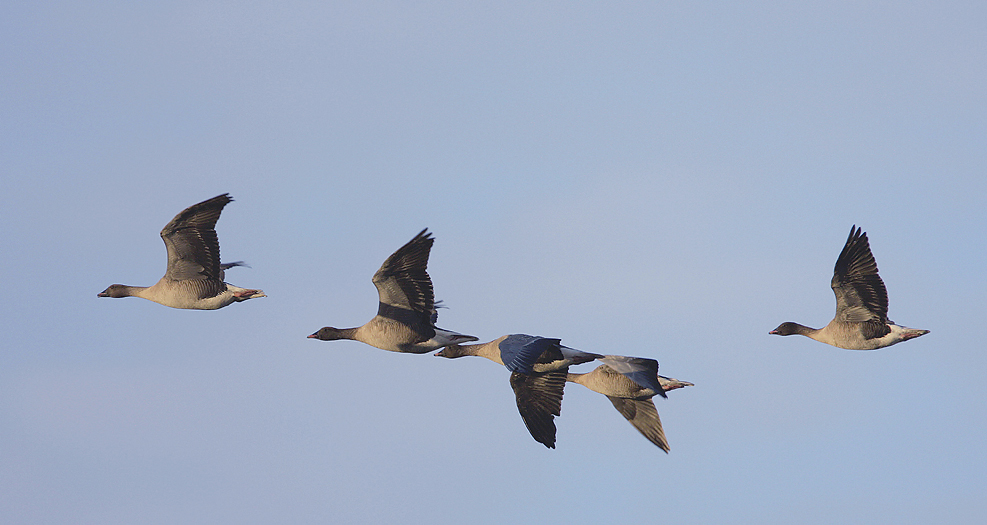
The Pink-footed Goose is the second major nesting goose species on Iceland. Traditionally the nesting regions of the Grey Lag Goose and the Pink-footed Goose was clear and distinct: The Grey Lag nests in the lowlands and the Pink-footed nests in highland regions. In recent years though the Pink-footed has spread its nesting -grounds into the lowlands. Nevertheless, the main nesting area are the marshes under the Hofsjökull glacier (the þjórsarver) but there are other highland marshes as well like the marshes at Hvannalindir North(-east) of the Vatnajökull. The highland roads are closed during the breeding period. PAP
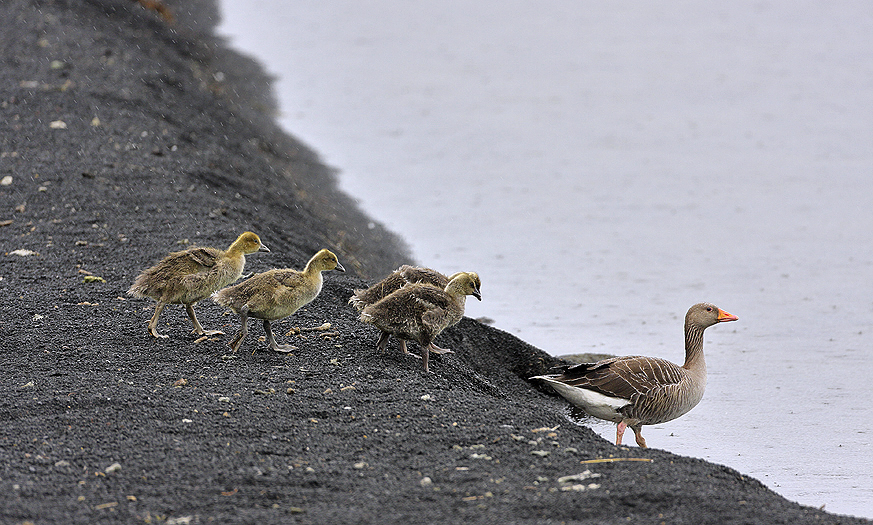
Grey Lag Goose with juveniles enter Lake Myvatn.
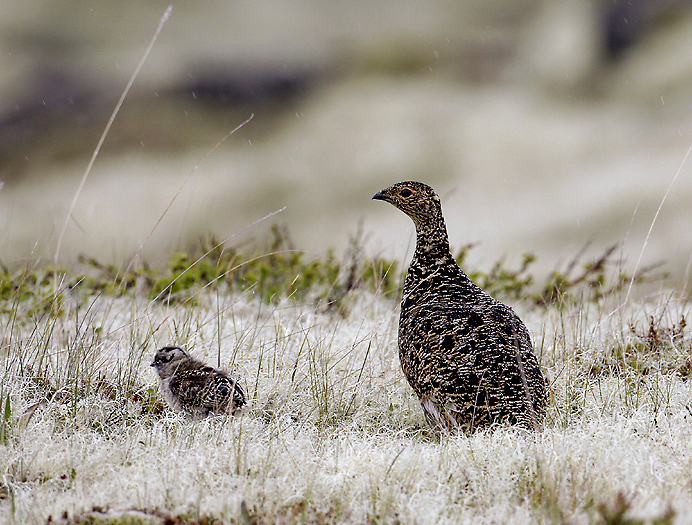
The Rock Ptarmigan is a common and widespread nesting bird in Iceland. It is sedentary within Iceland, but extensive movements between nesting and wintering grounds occur.
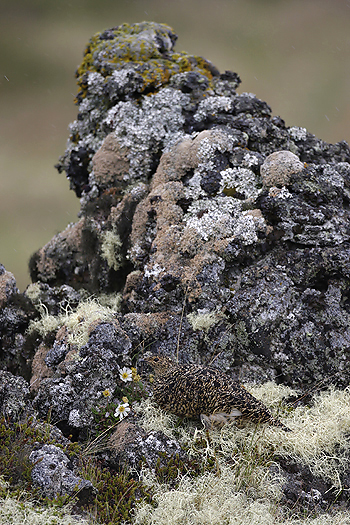
The Rock Ptarmigan female is very well camouflaged in the lava and lichen/moss covered landscape near Lake Myvatn.
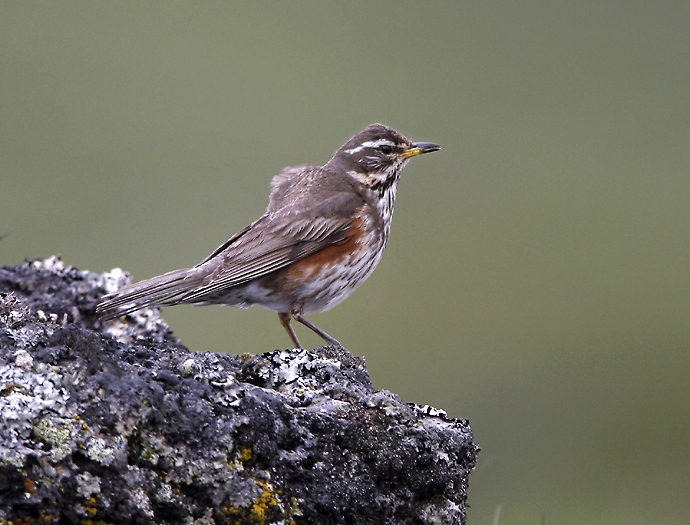
Red Wing, the most typical thrush in Iceland.
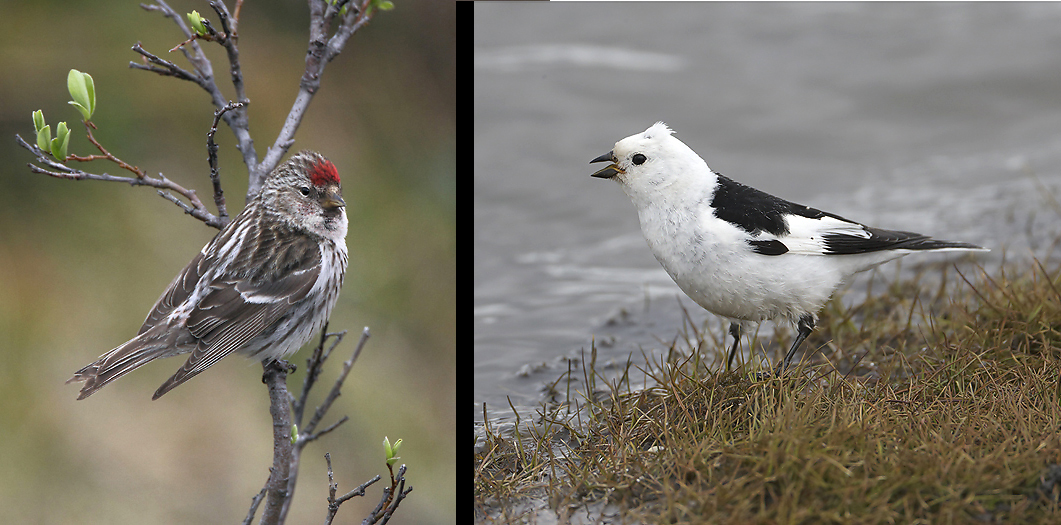
Left photo: Common Redpoll are distributed all over Iceland, normally in areas where there are birch trees to nest in.
Right photo: The Snow Bunting is a bird of barren rocky areas but is also common in low grade heather lands. It can be found all over Iceland.
PAP
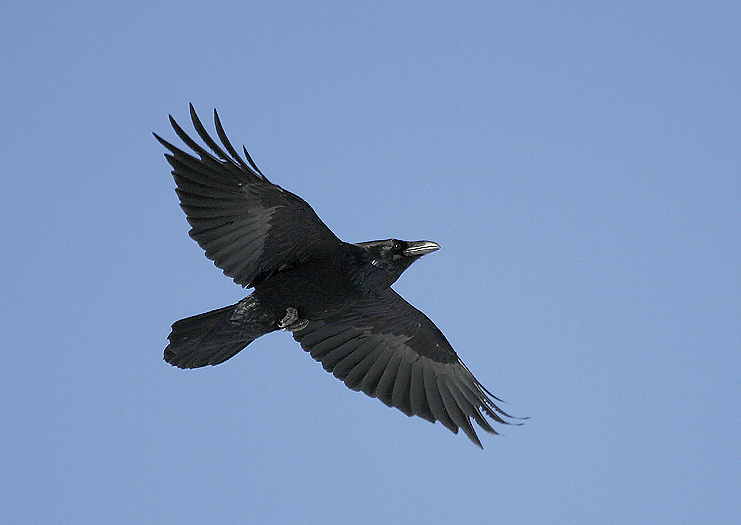
The Raven is the only nesting corvid on Iceland. Others, like Hooded Crows, Rooks and Jackdaws visit Iceland outside the nesting season but rarely nests. The Raven though, nests commonly in all regions of Iceland. Ravens have a special place in Icelandic folklore, dating back to the Old Norse beliefs of the first settlers of Iceland. Odin, the god of wisdom, had two ravens, Hugin and Munin (‘Thought’ and ‘Memory’), who traveled the world to gather information and whispered what they had learned in his ears. PAP
Per Michelsen

